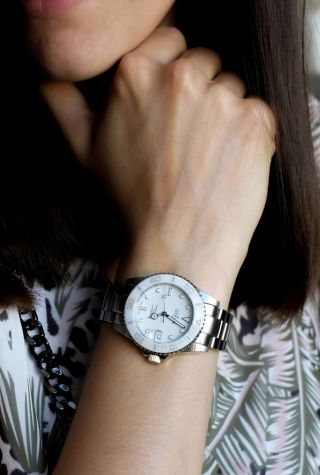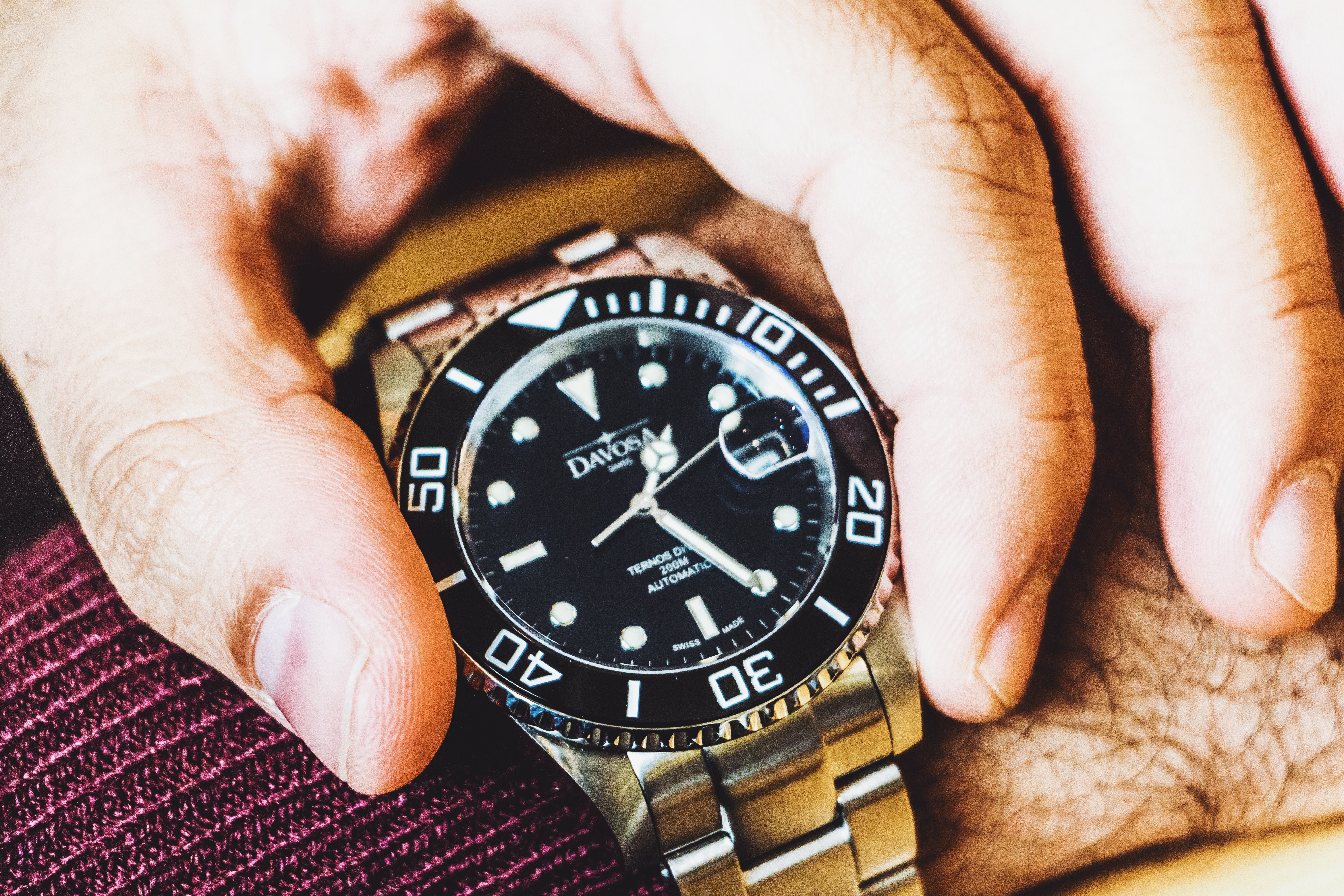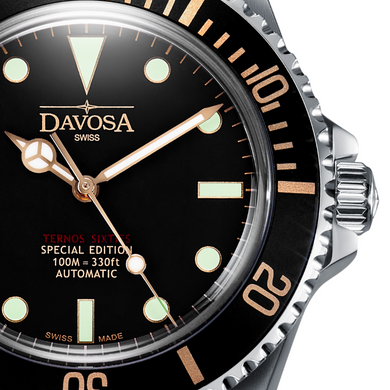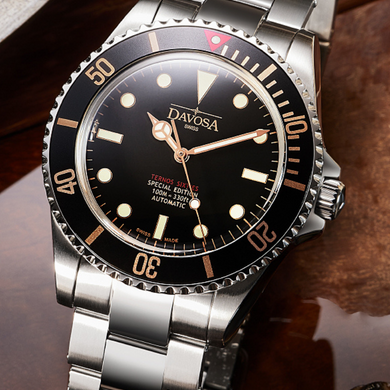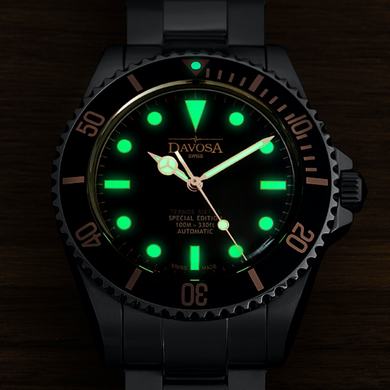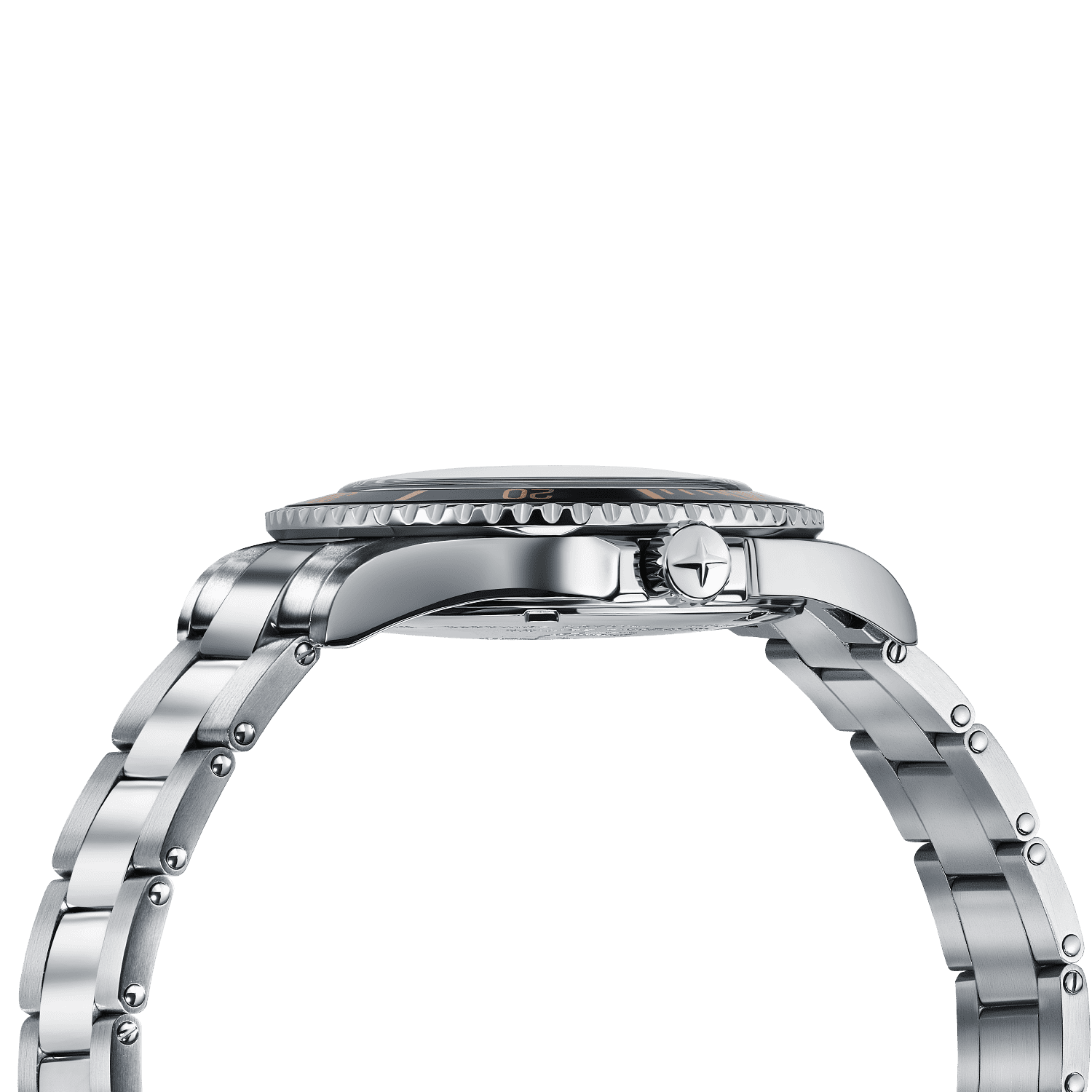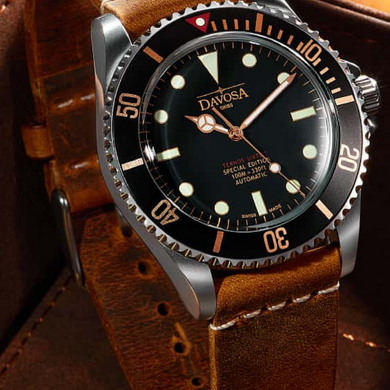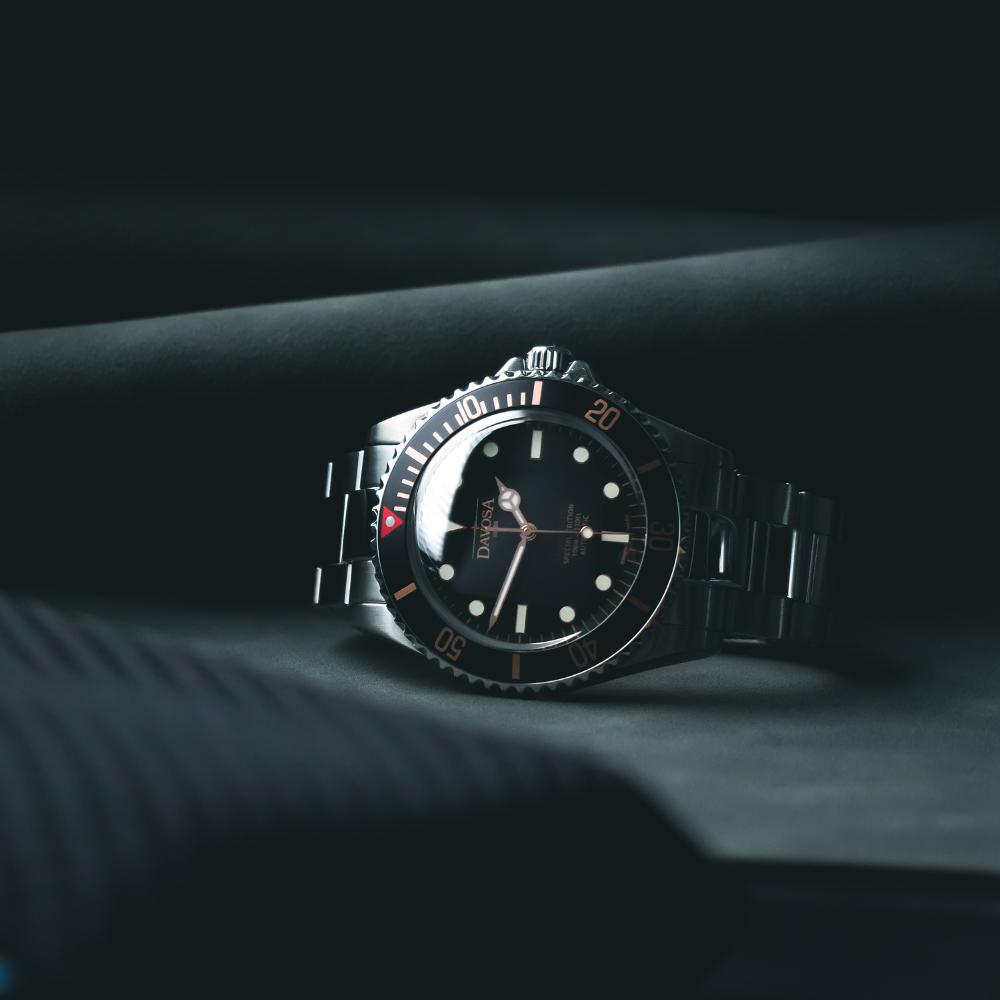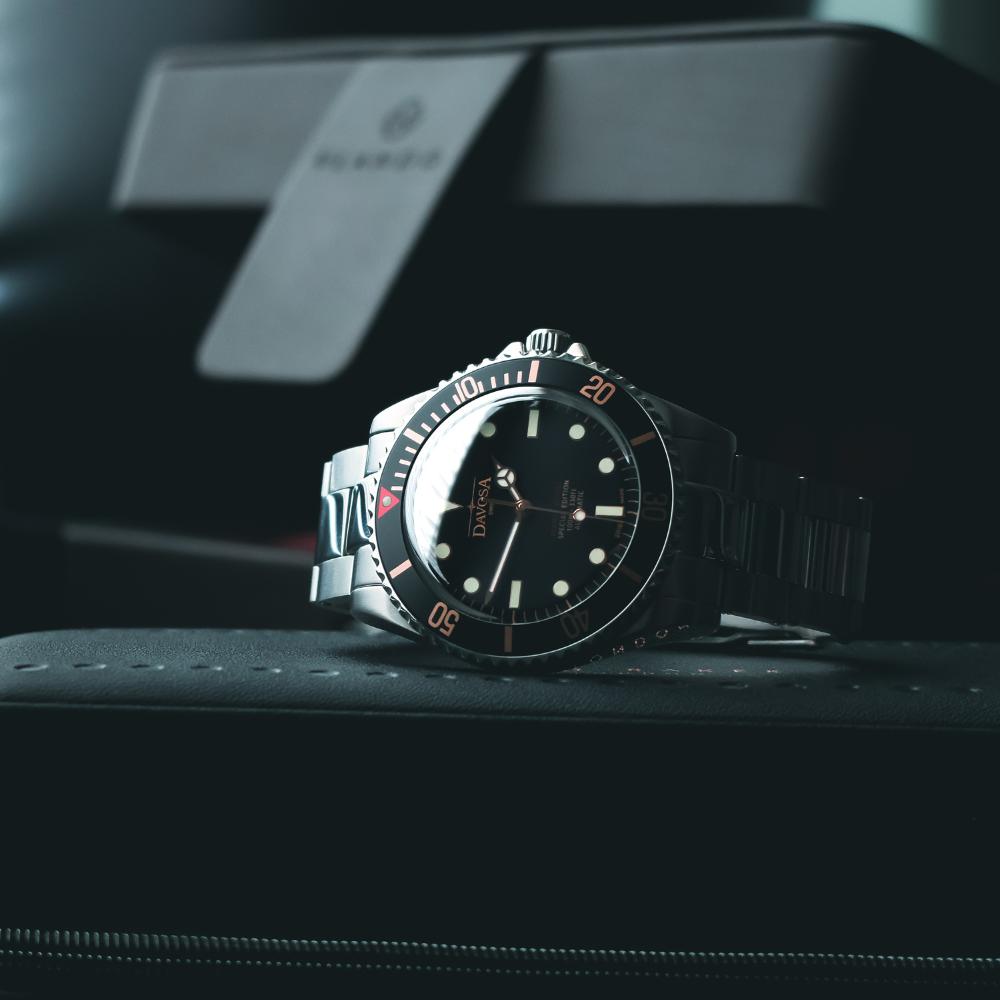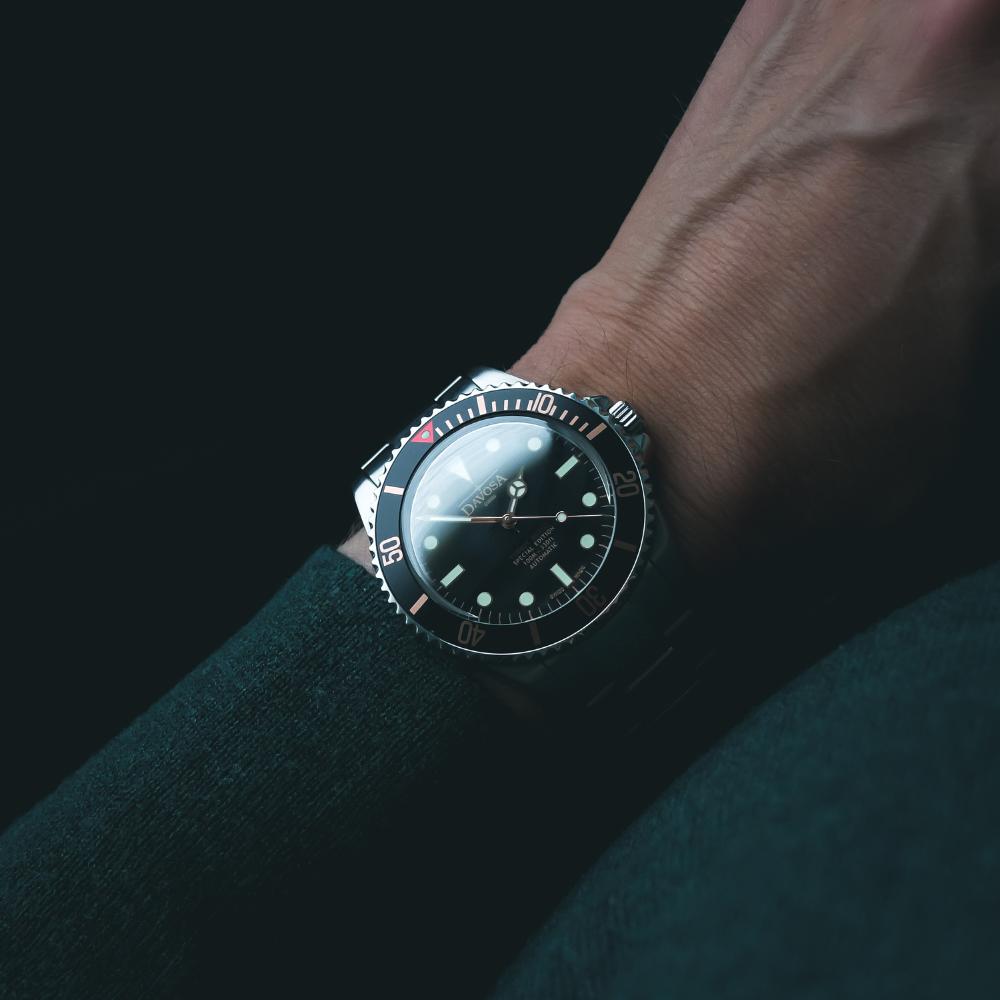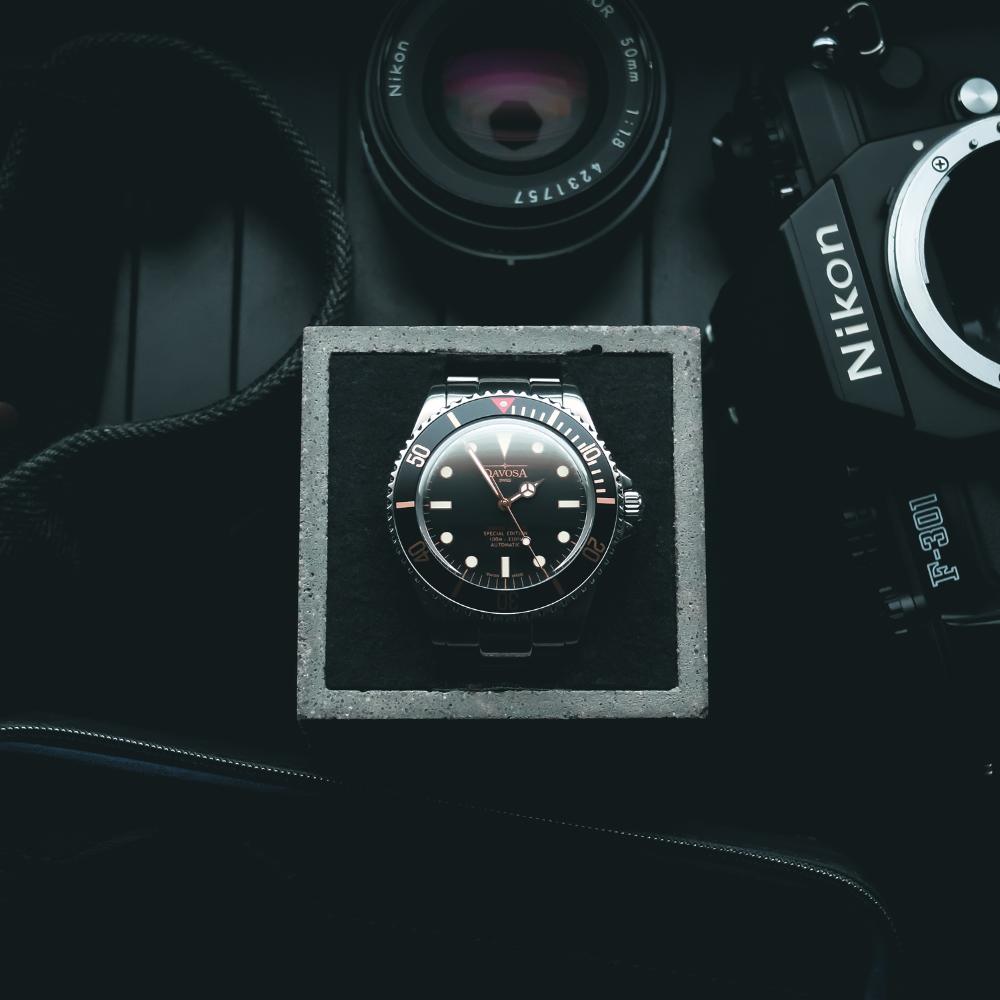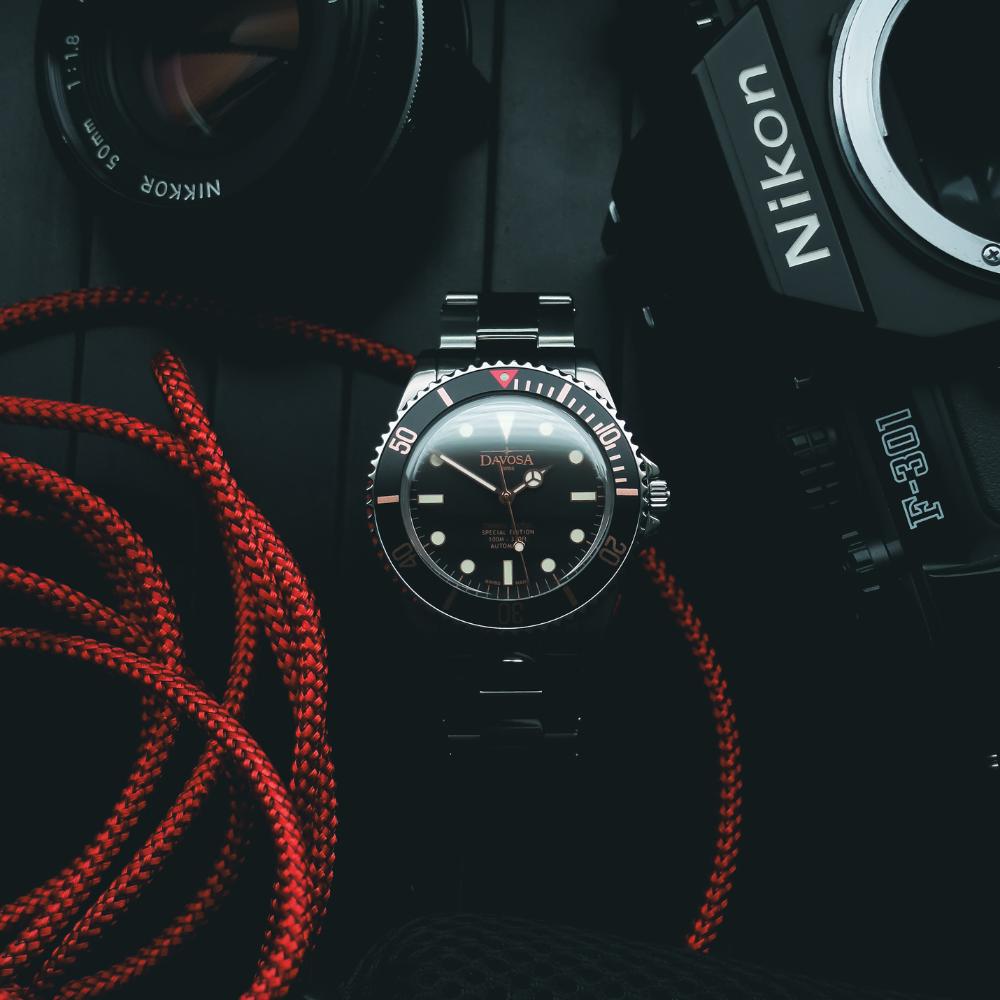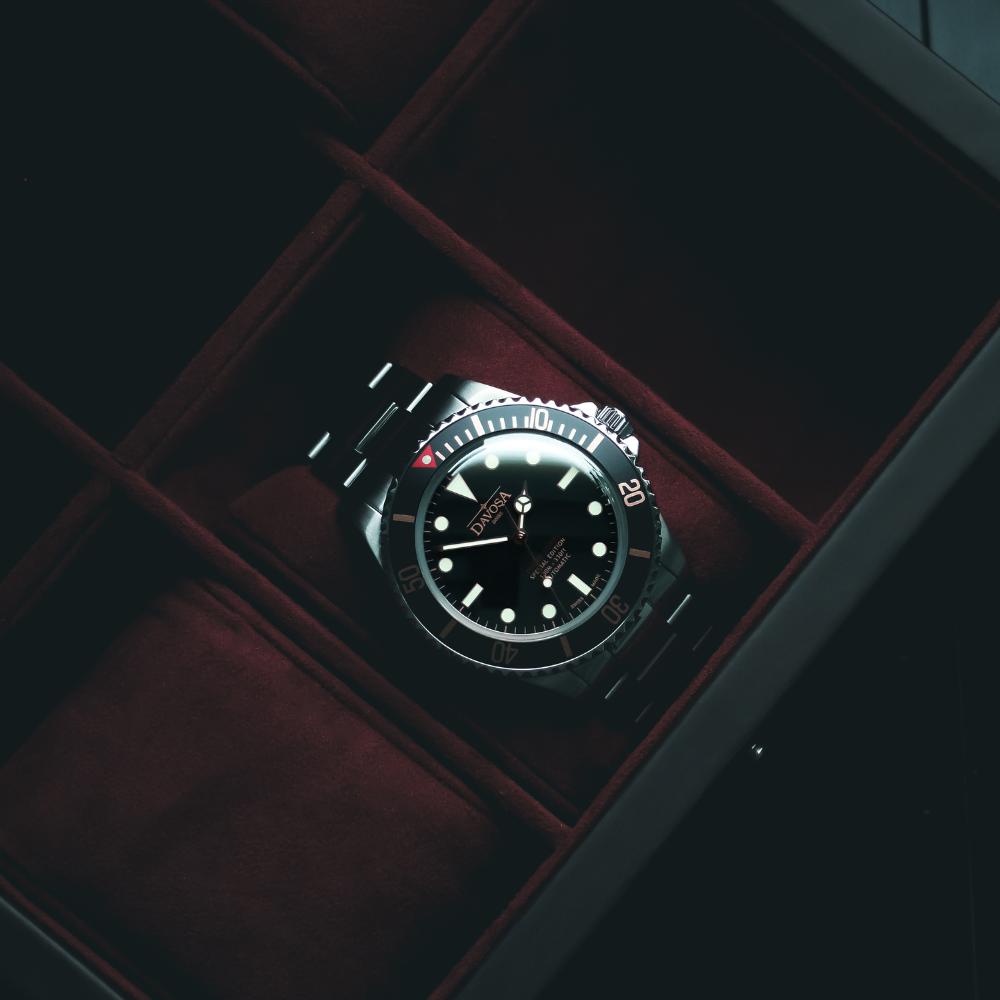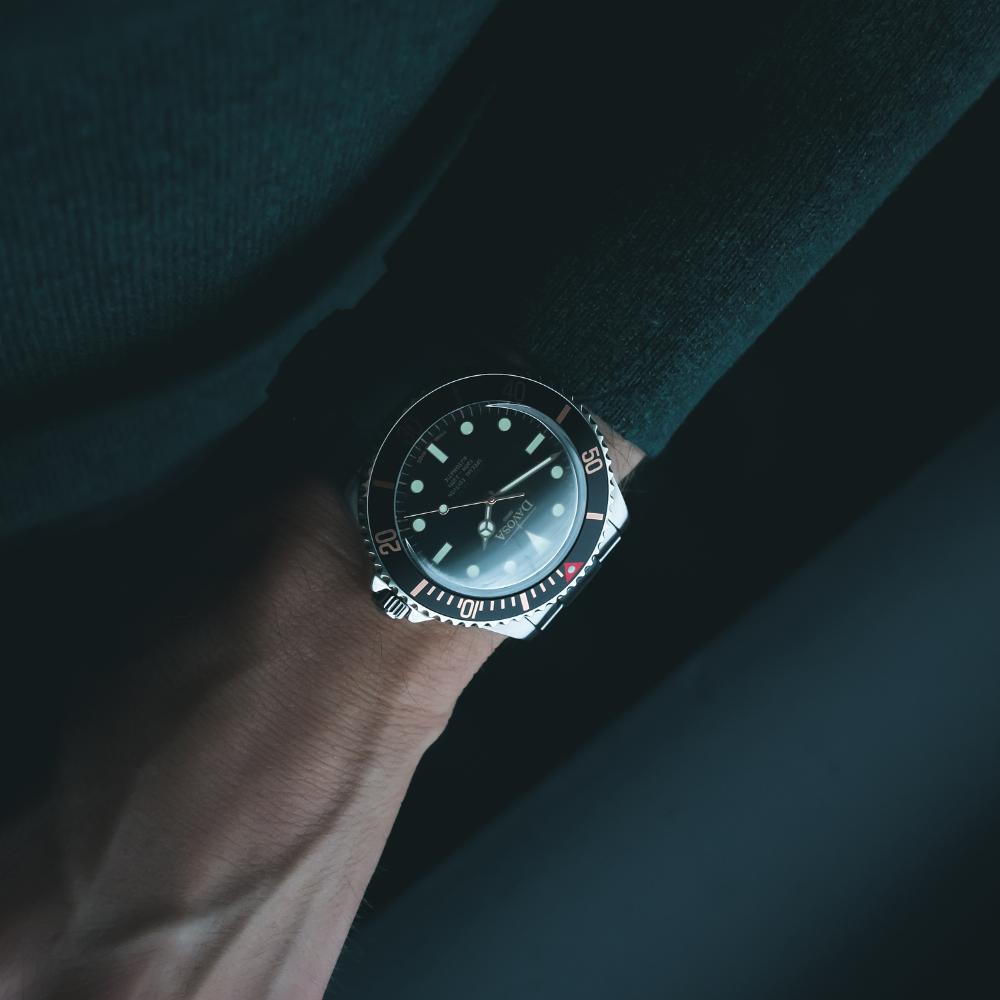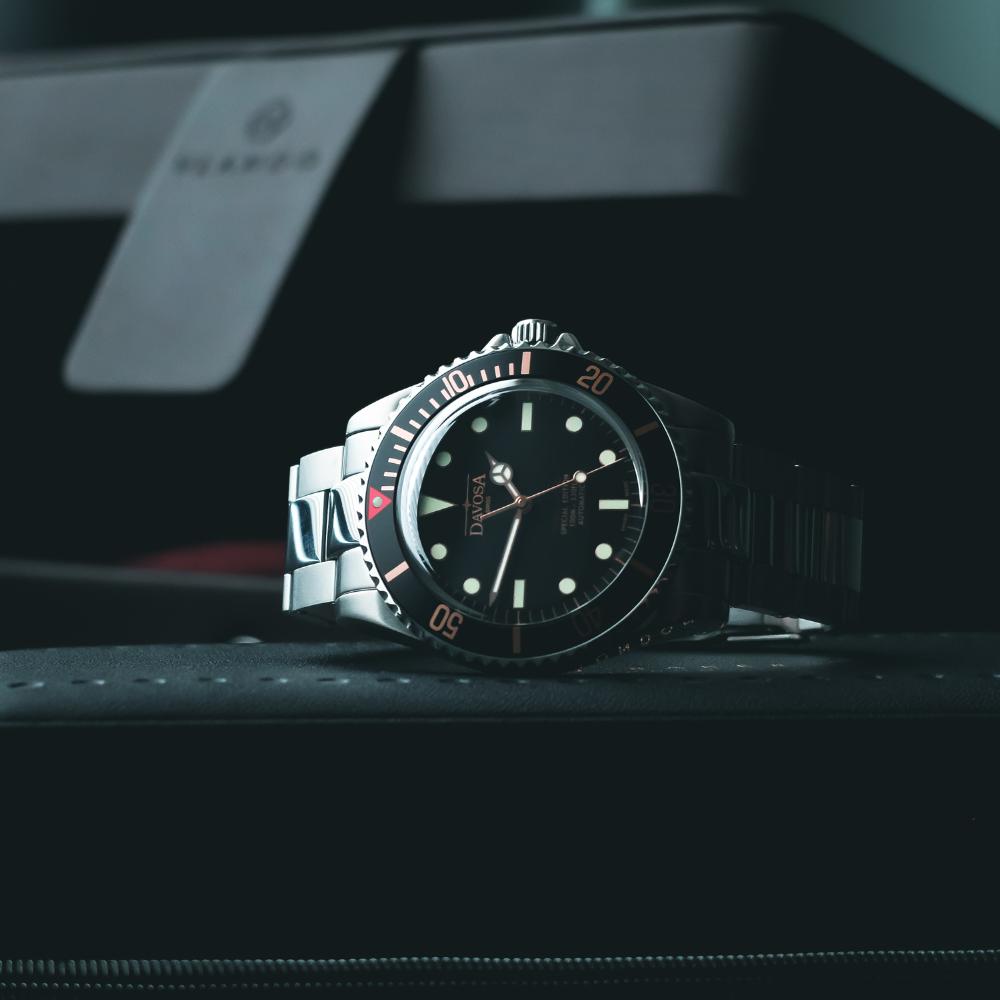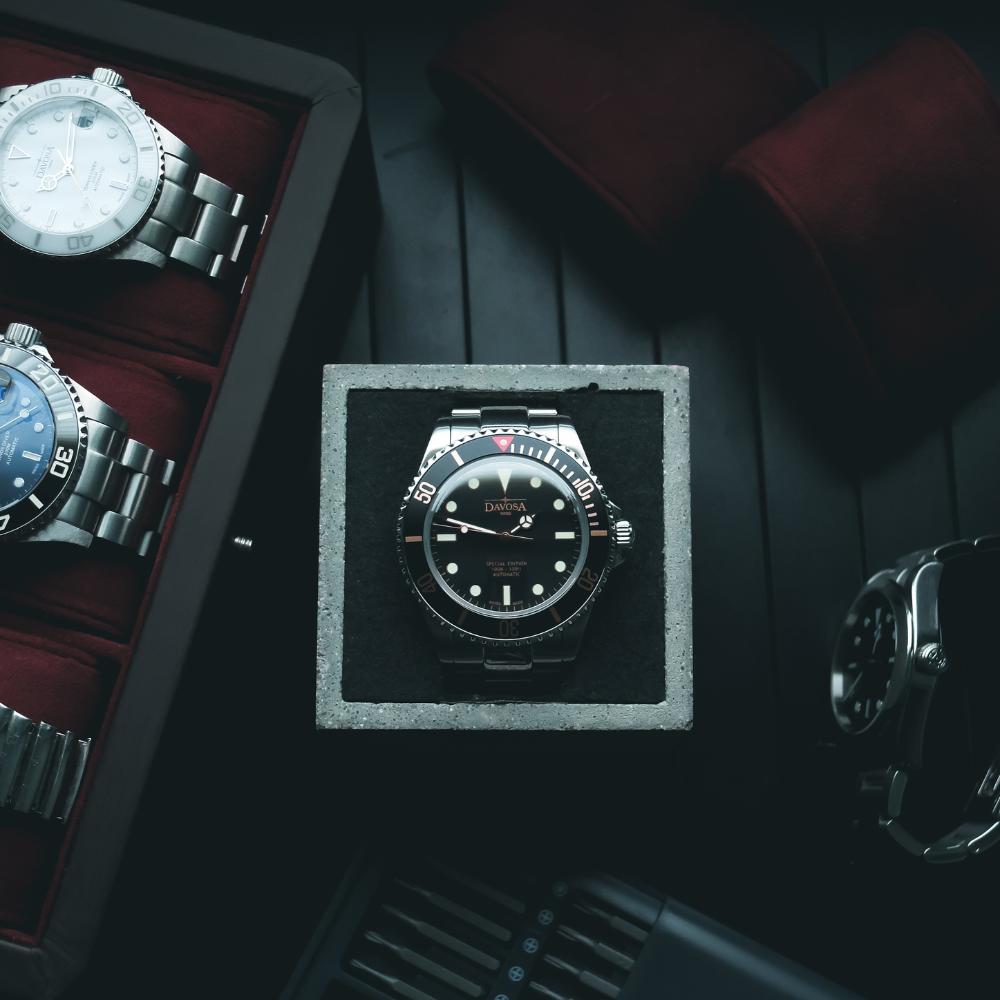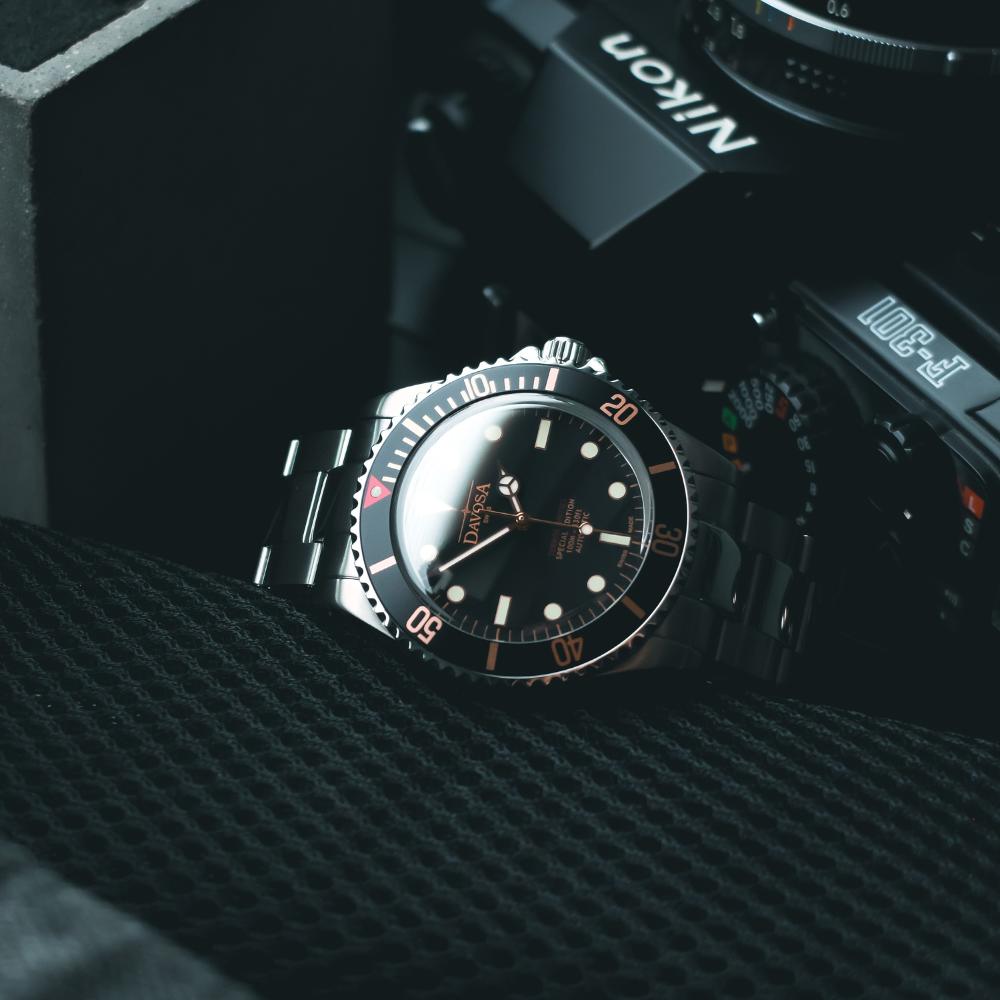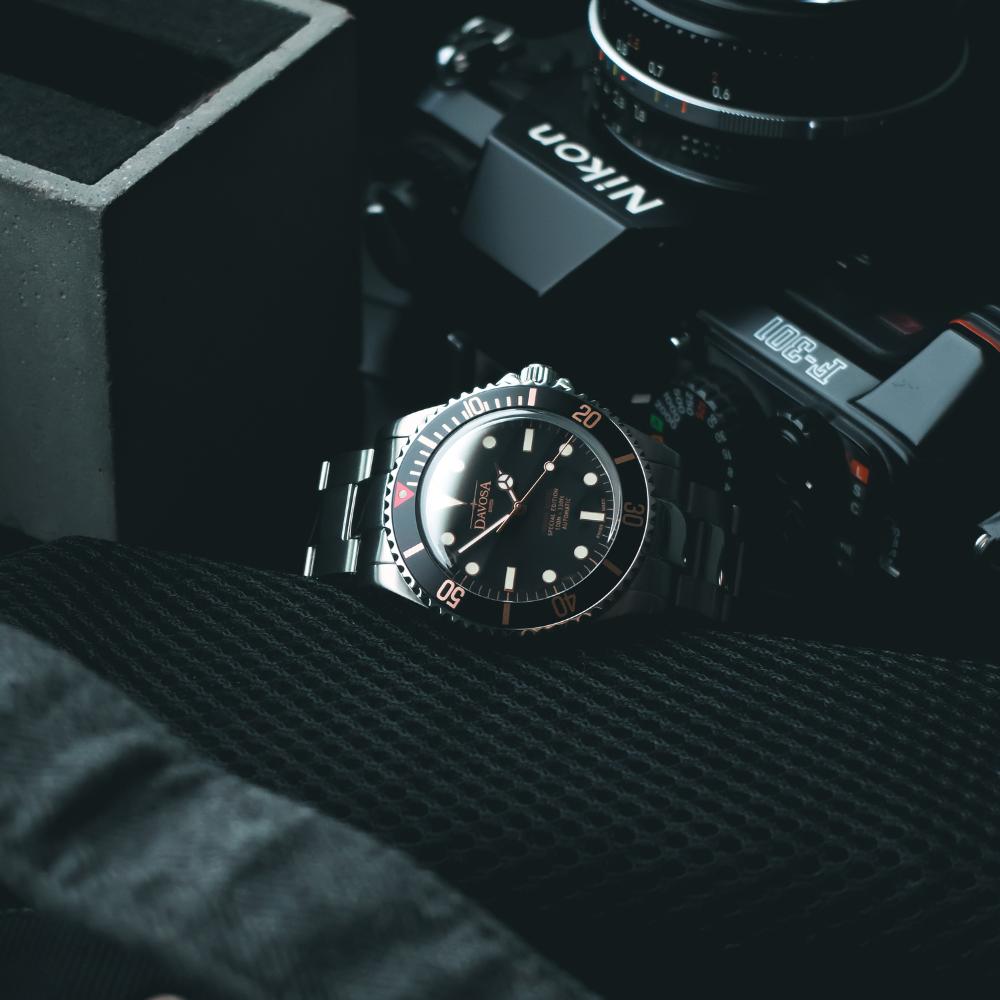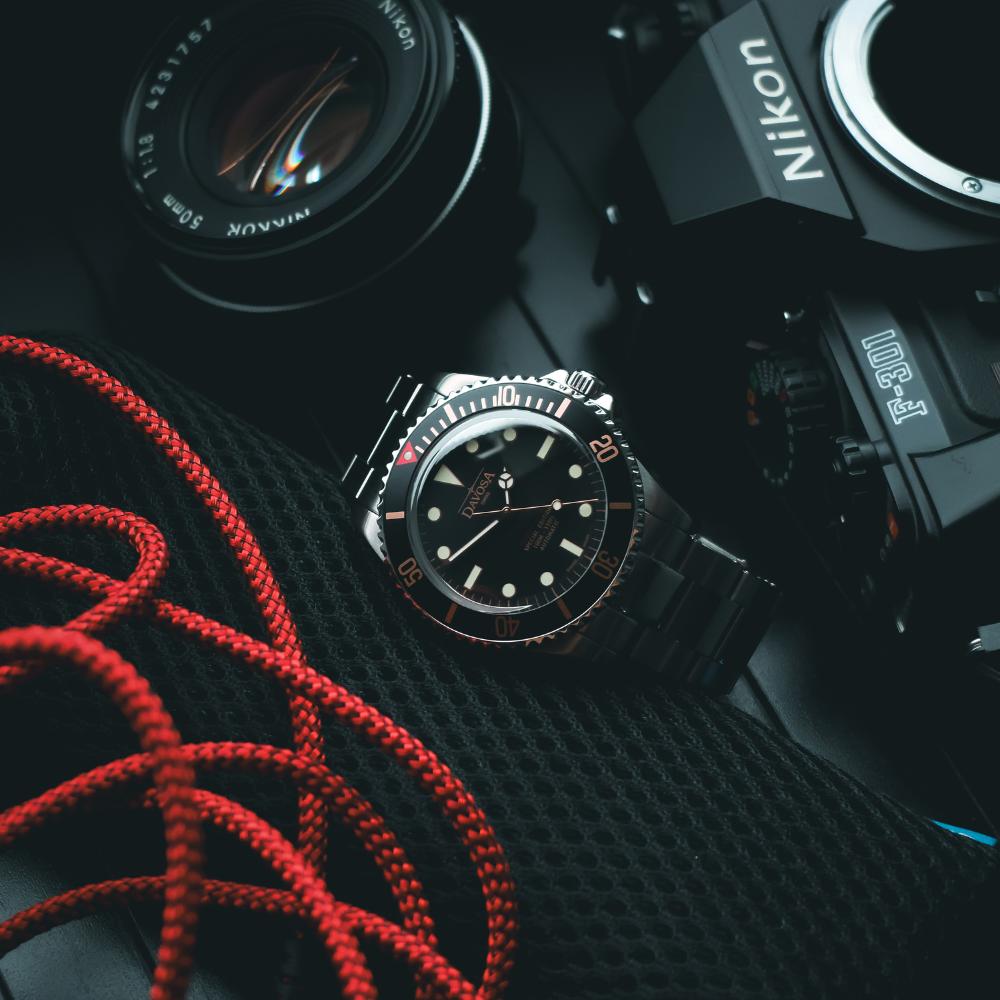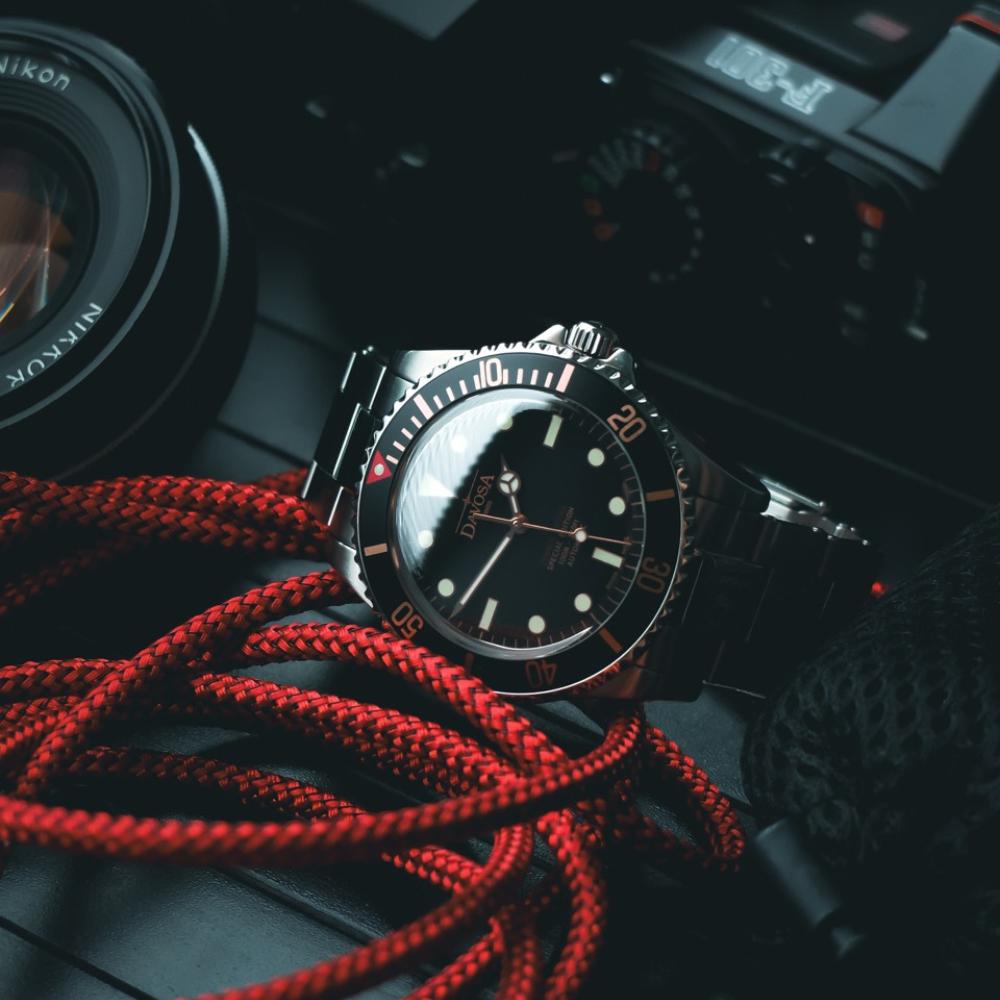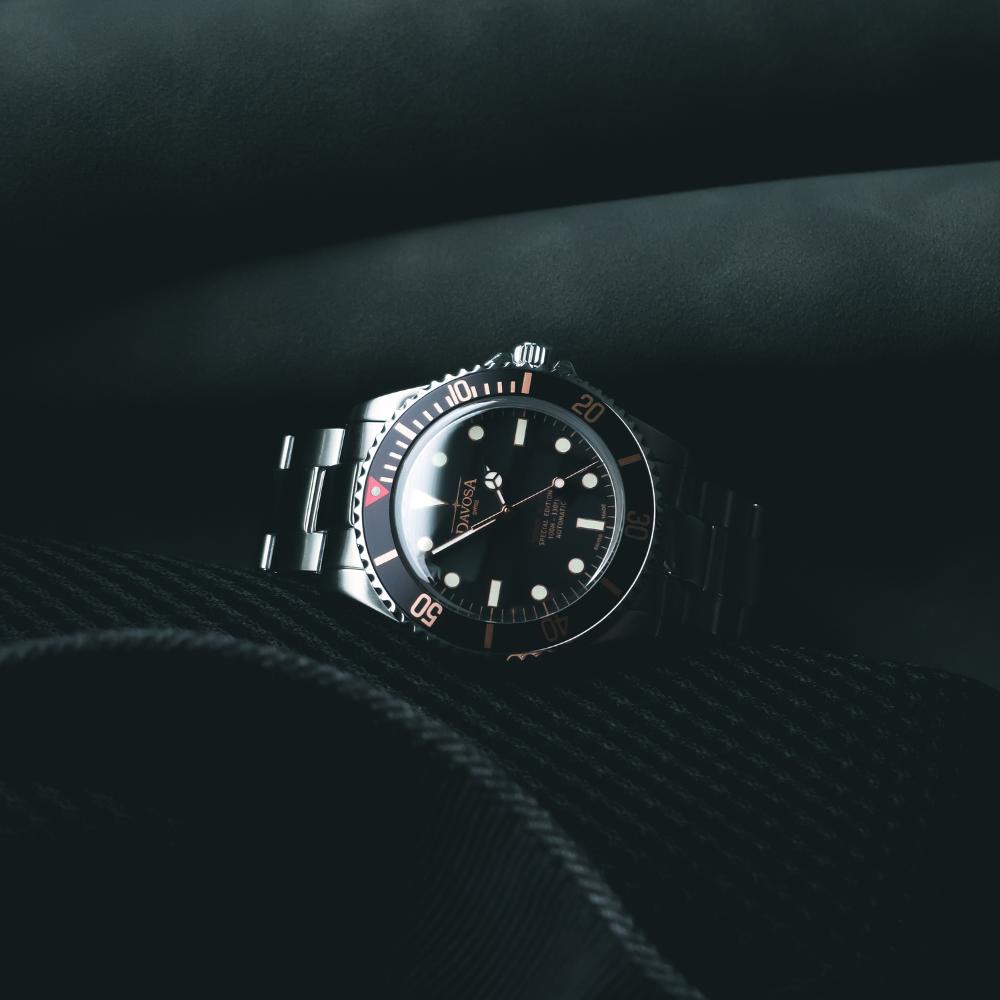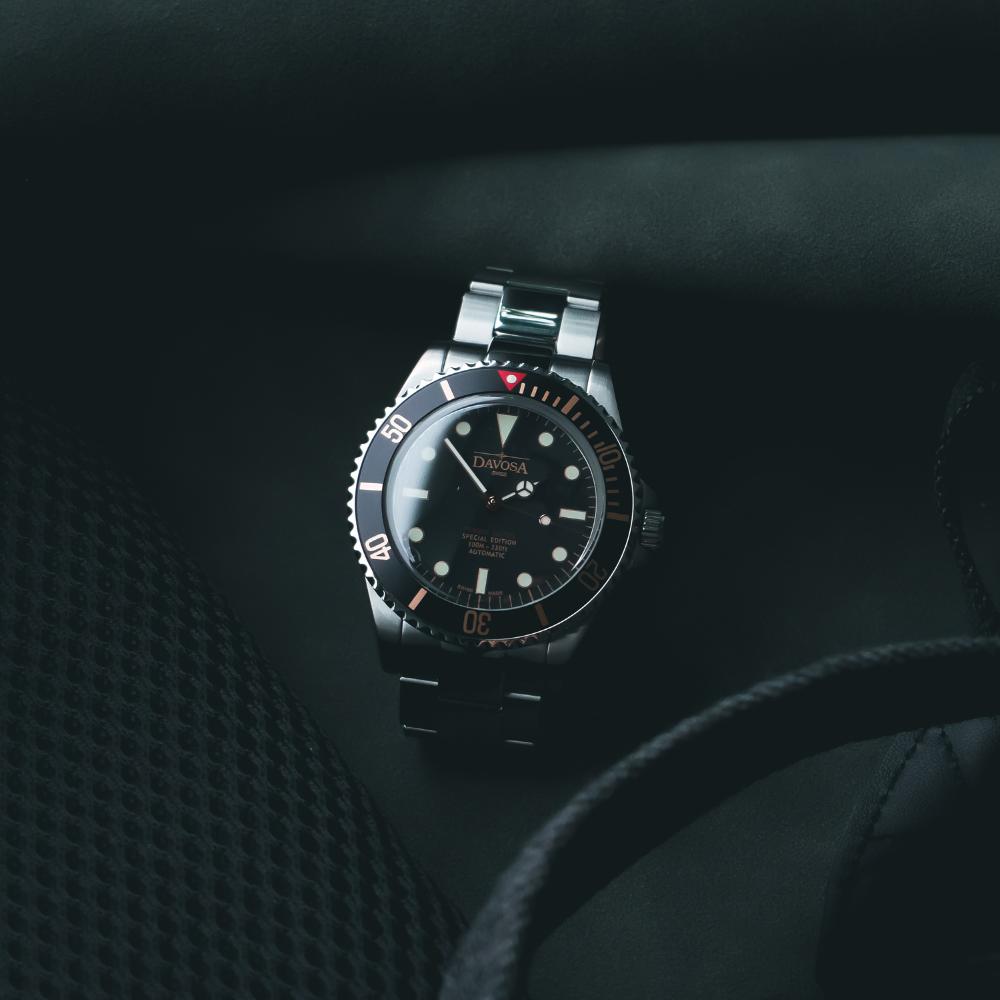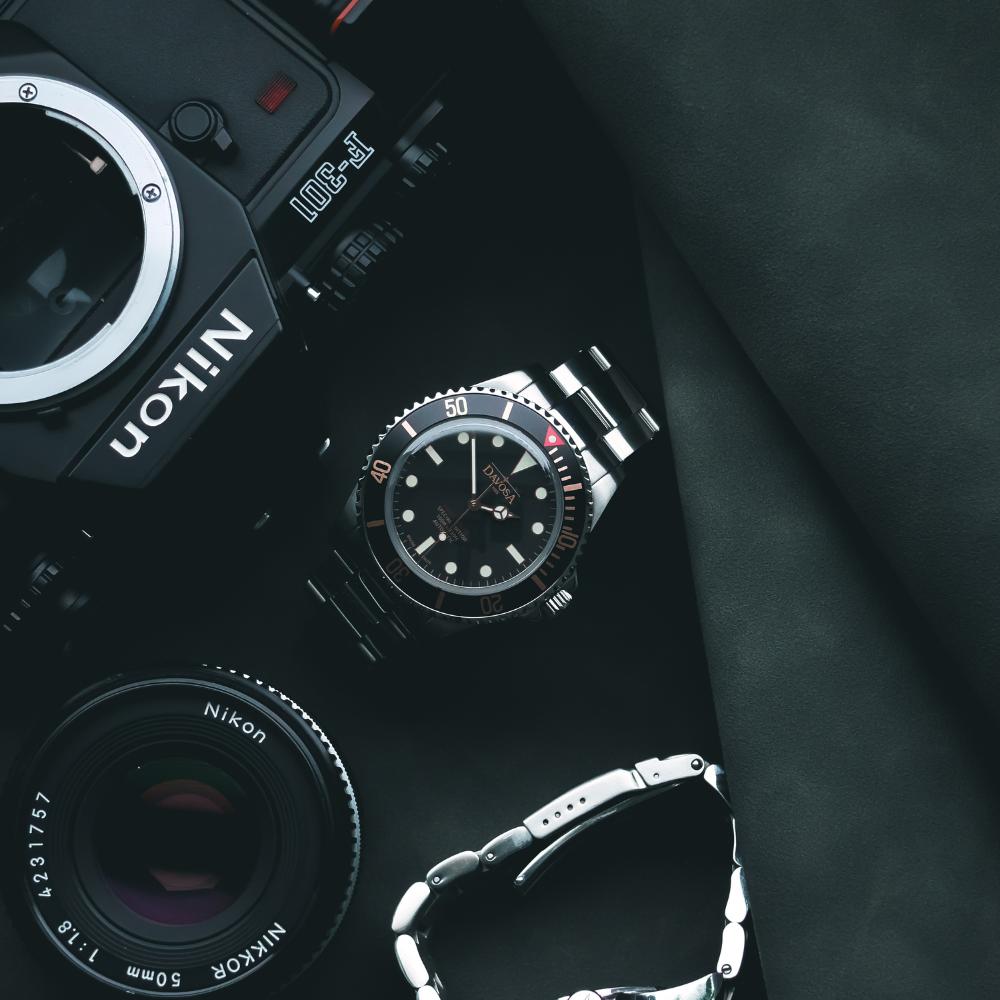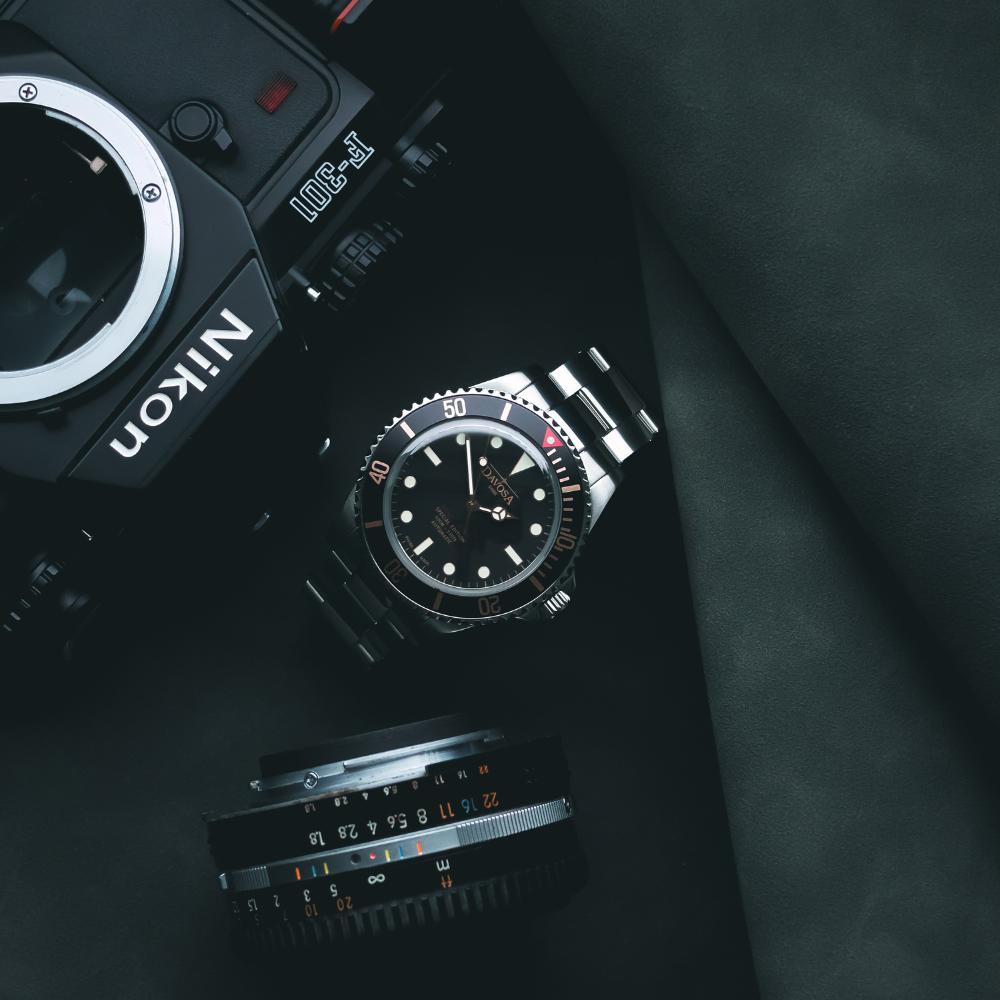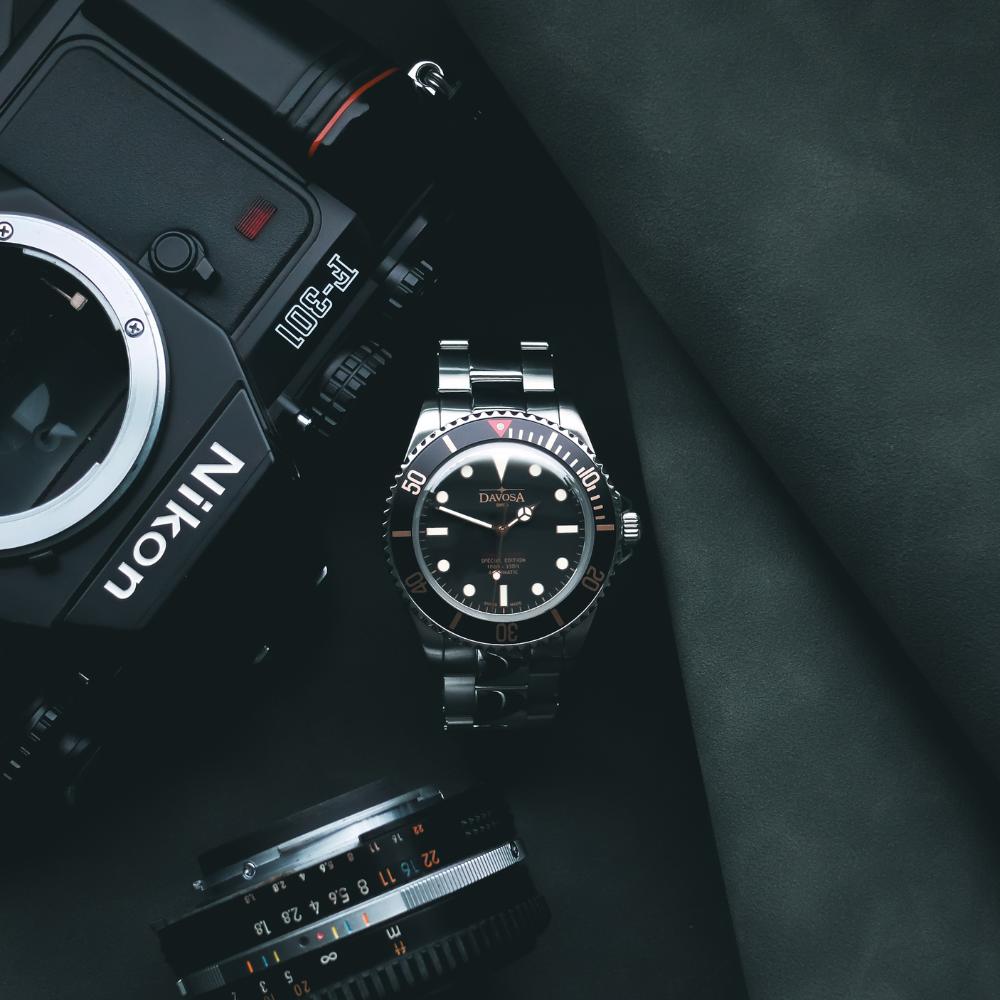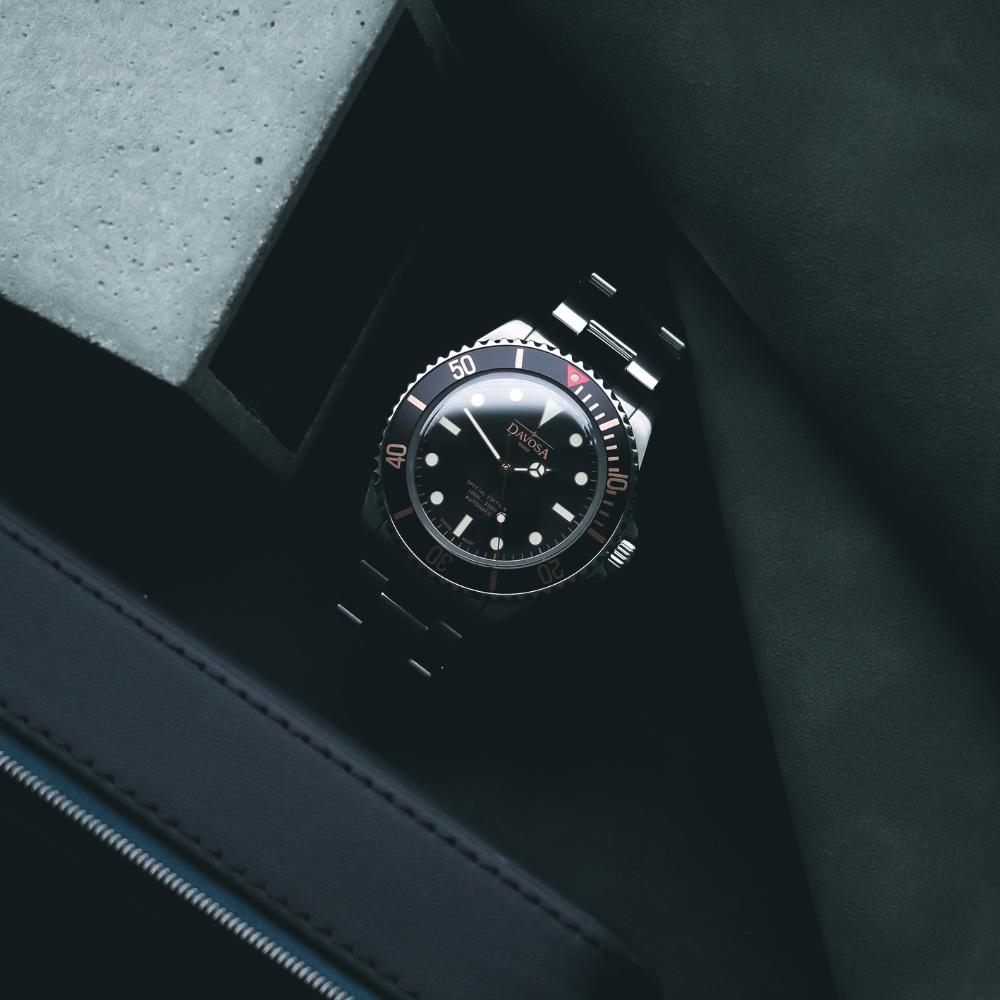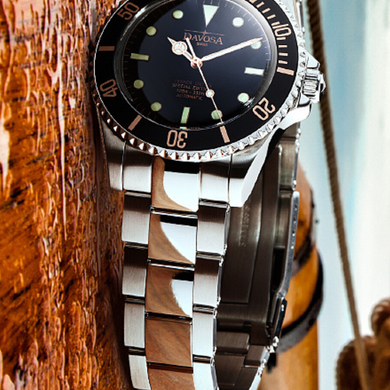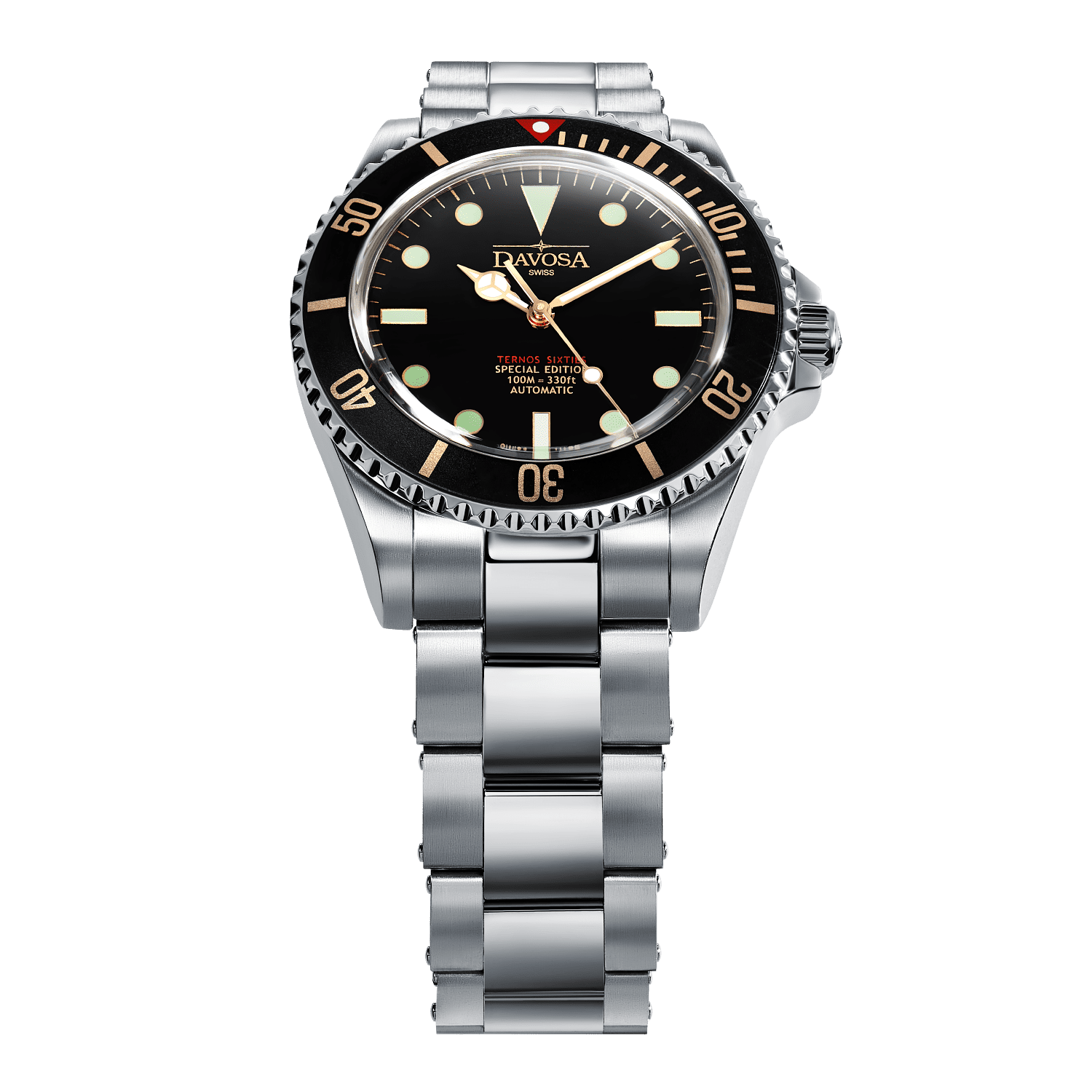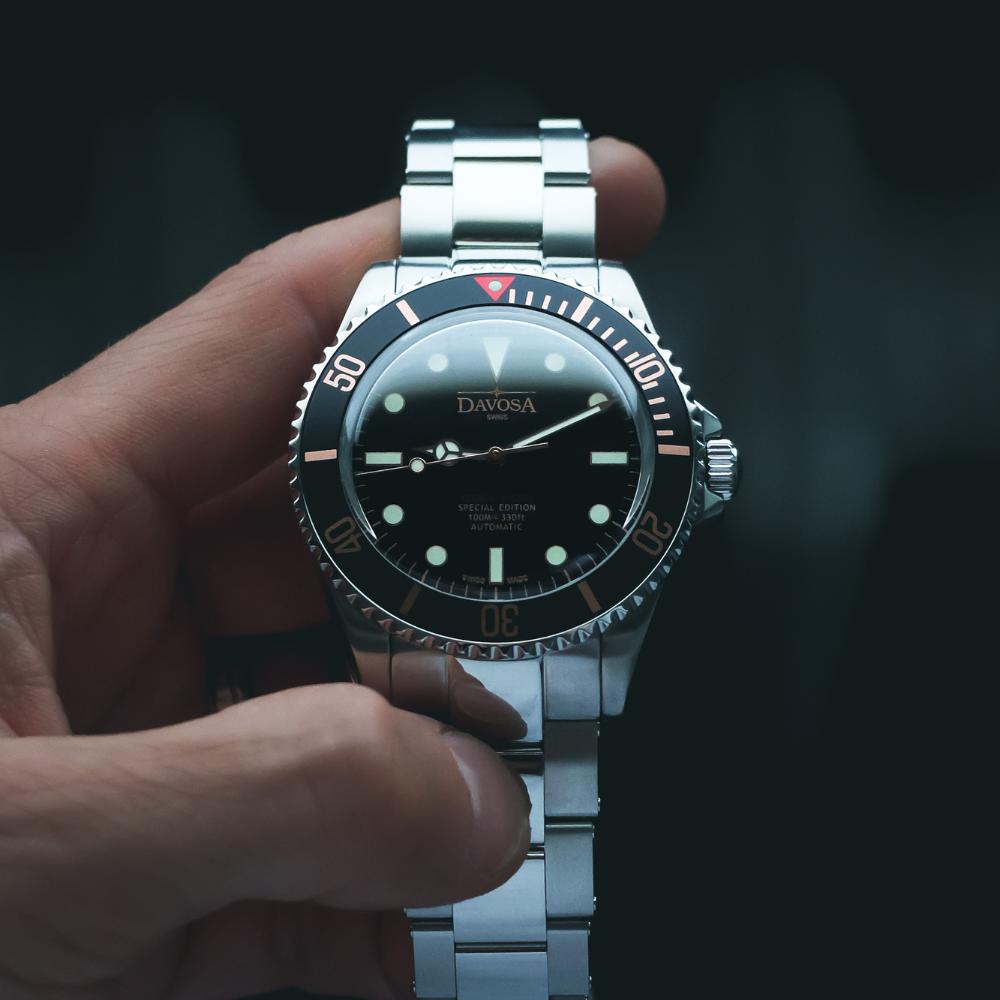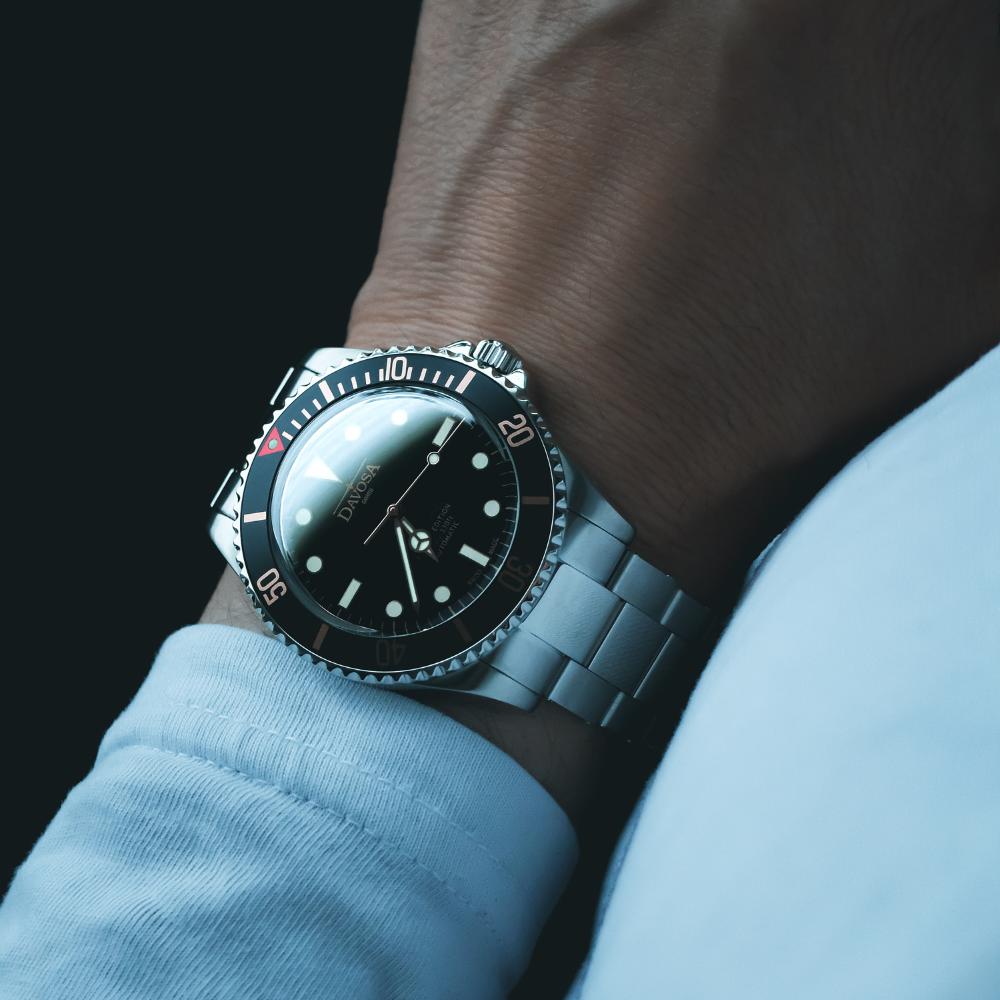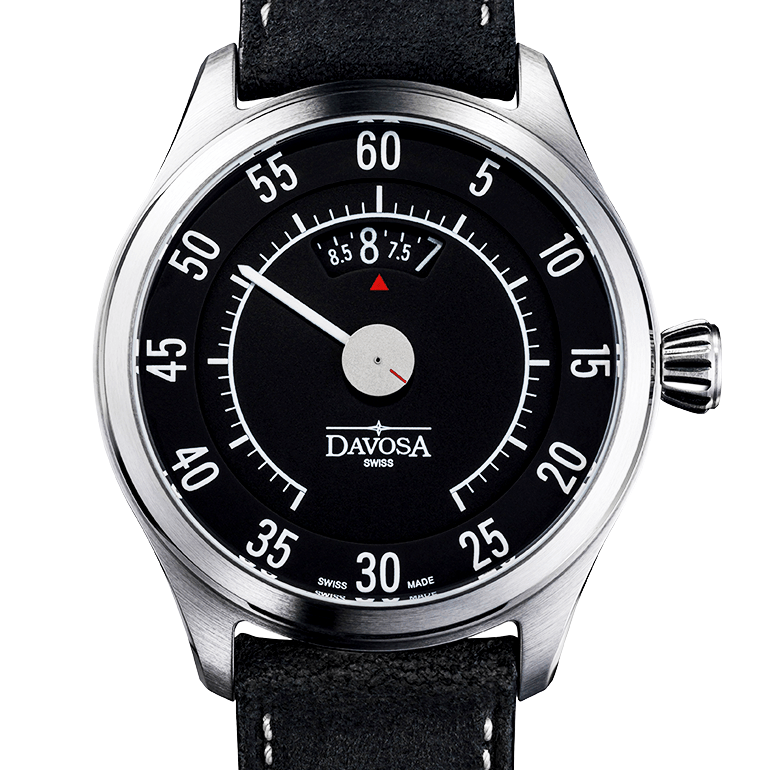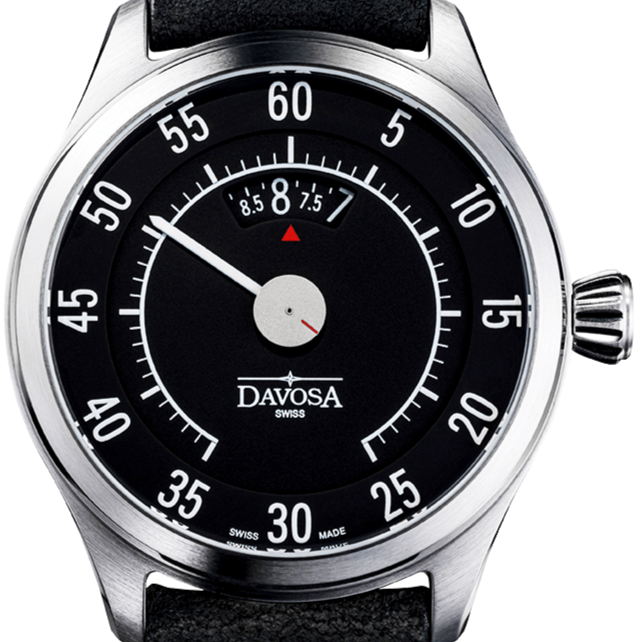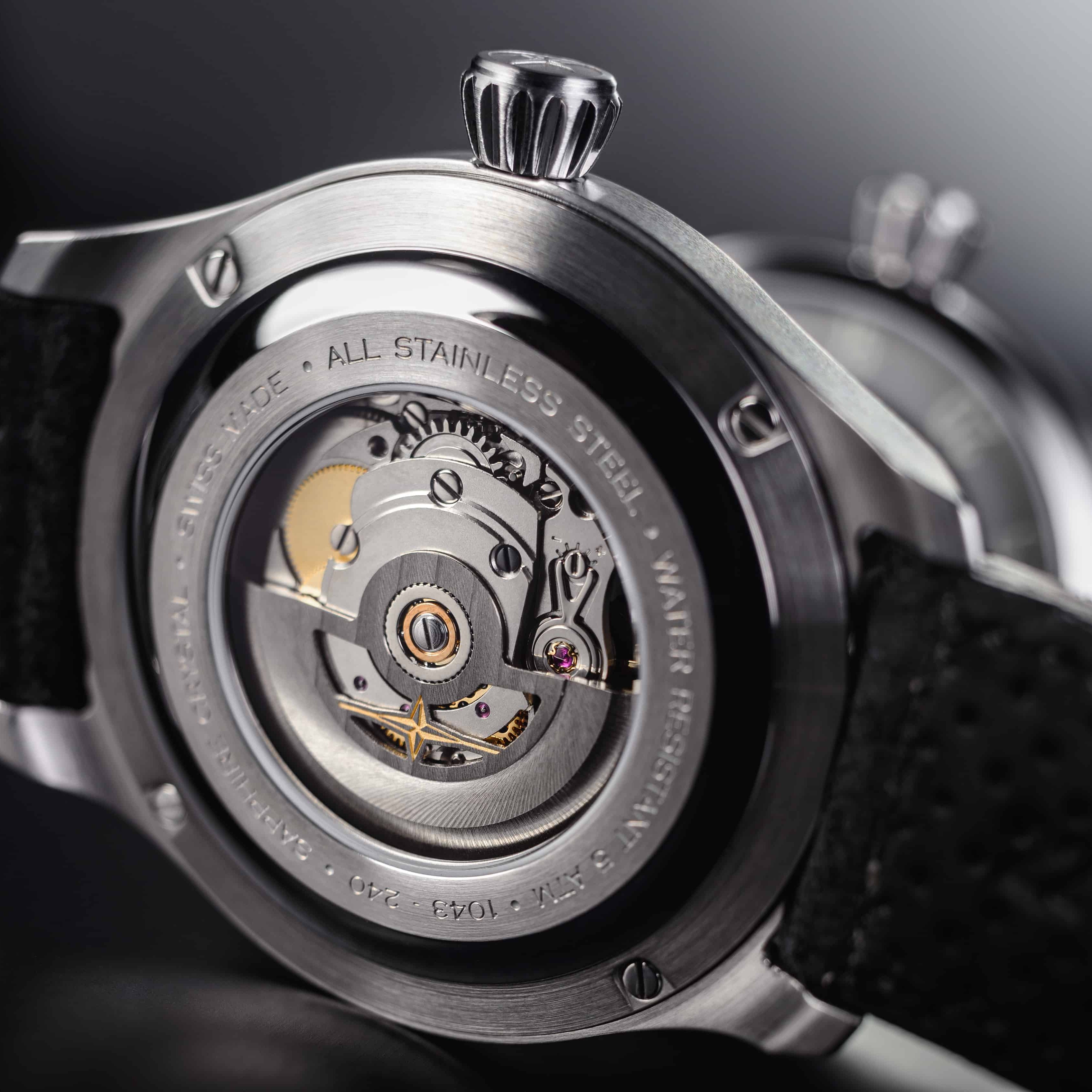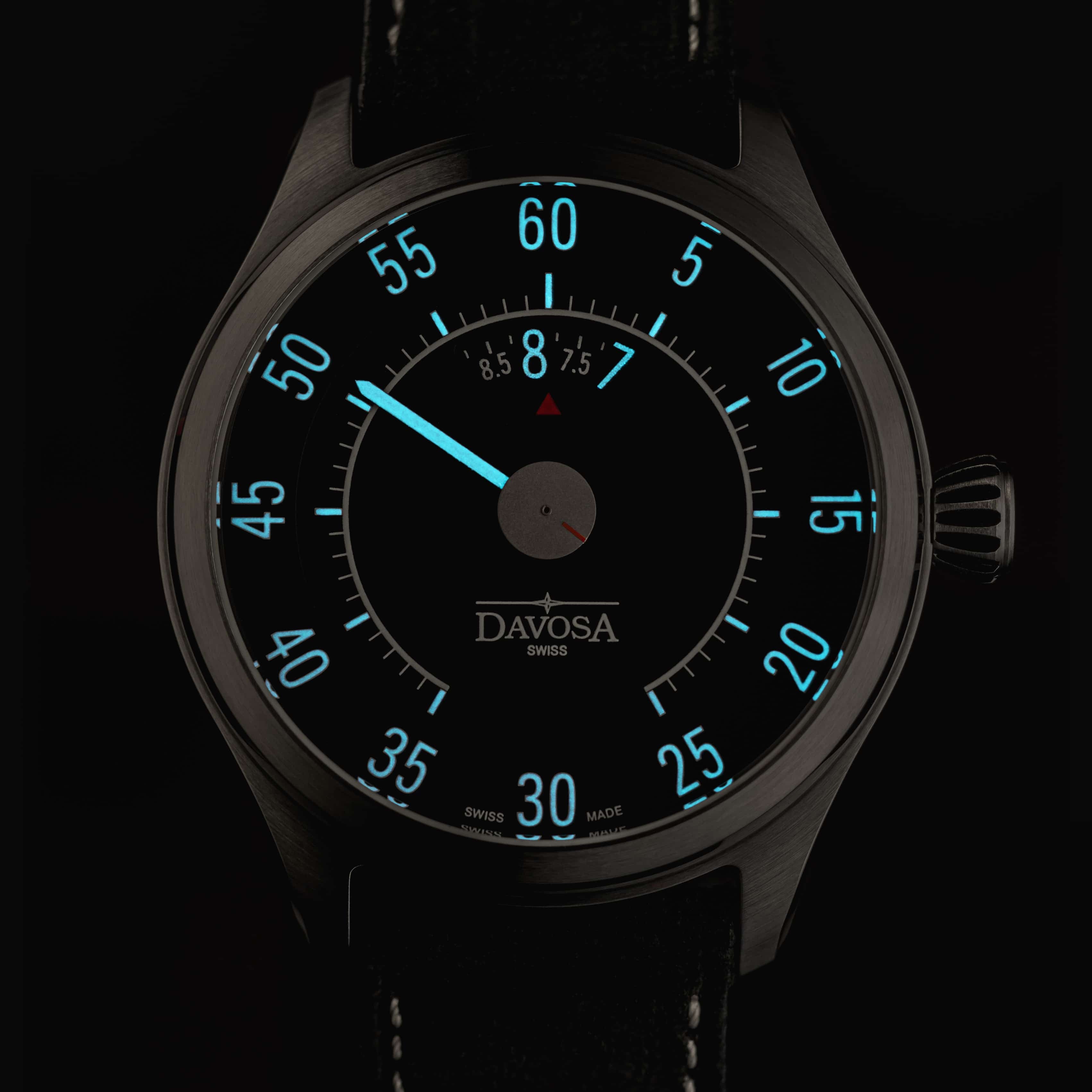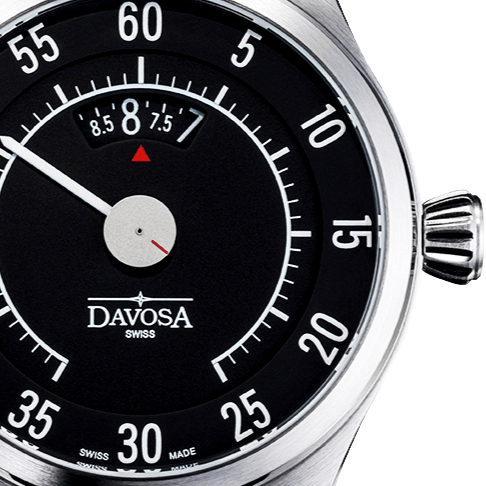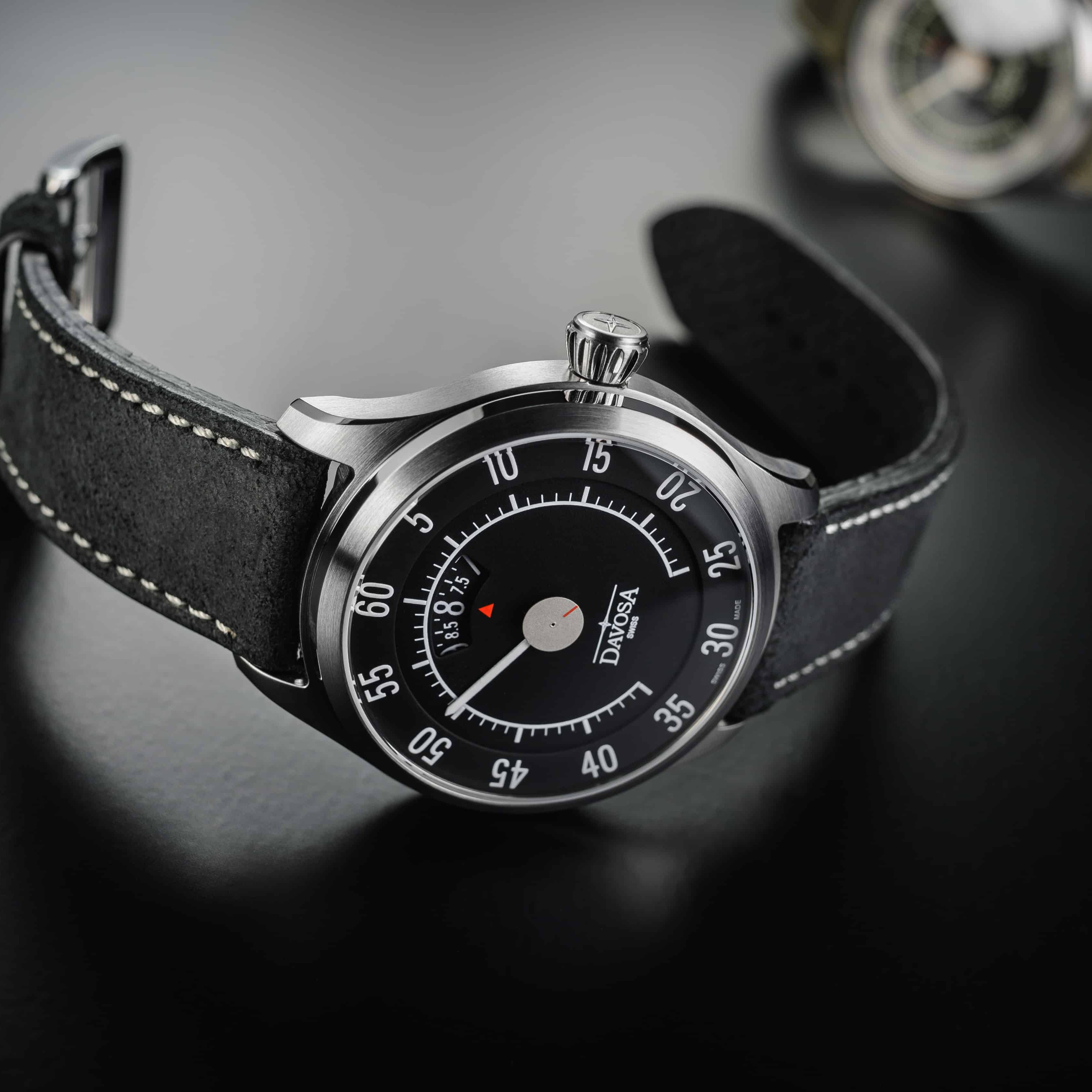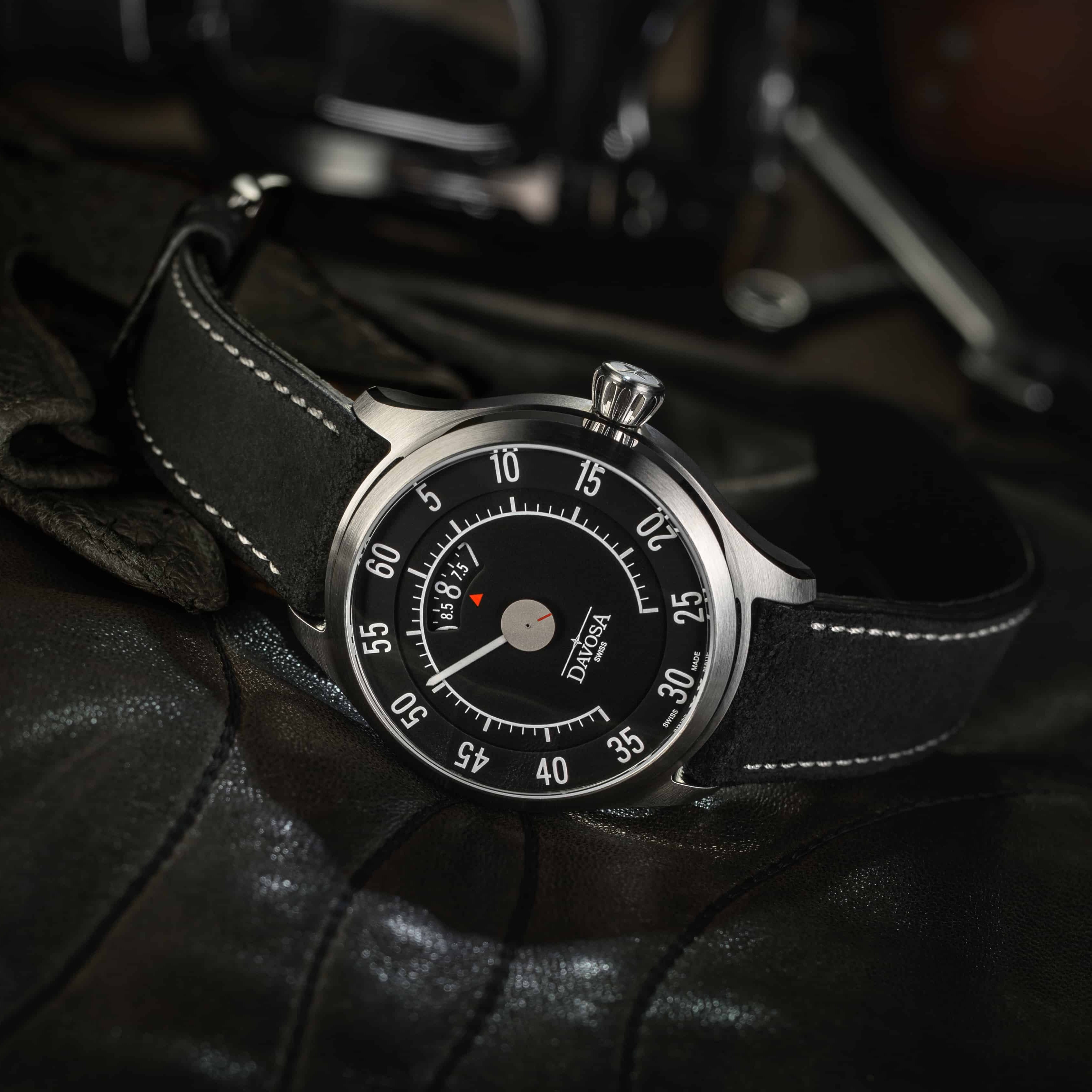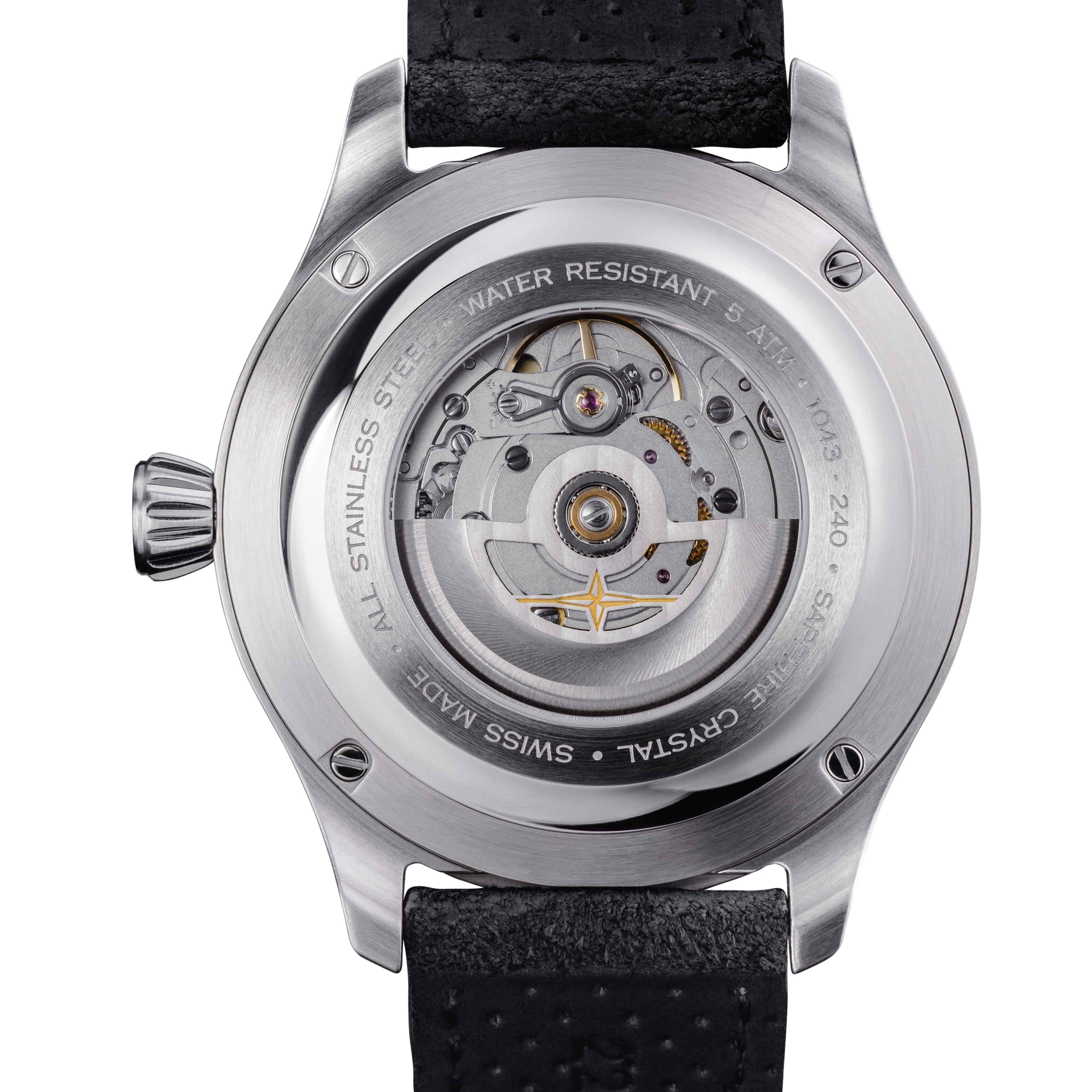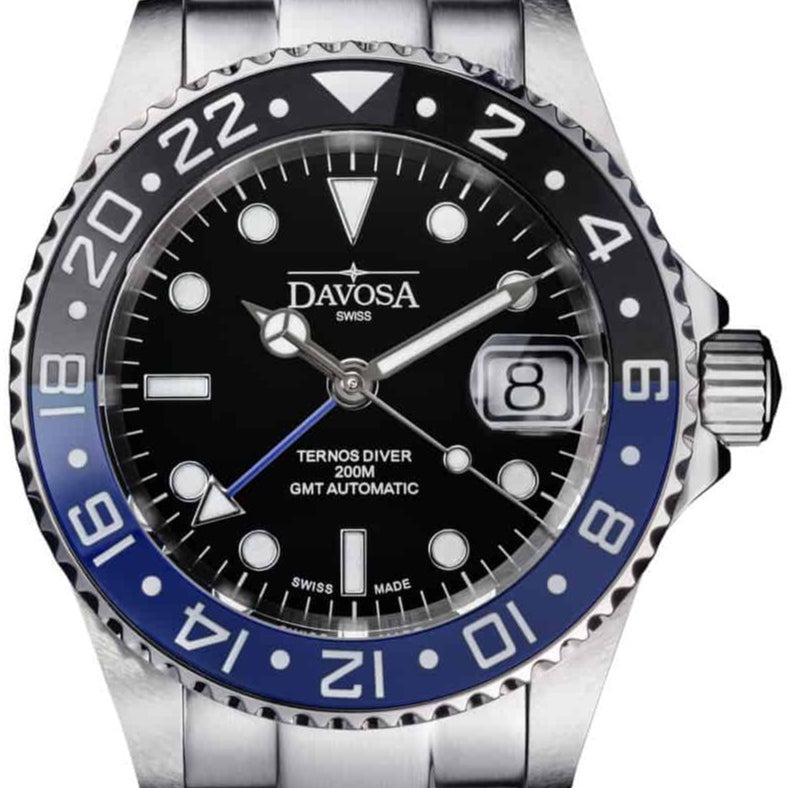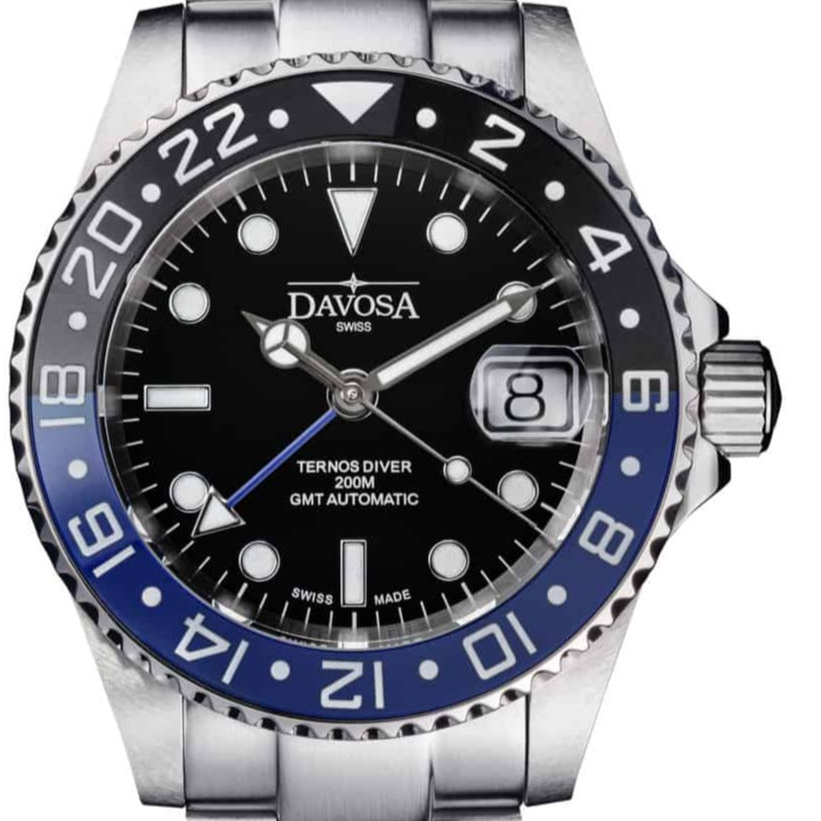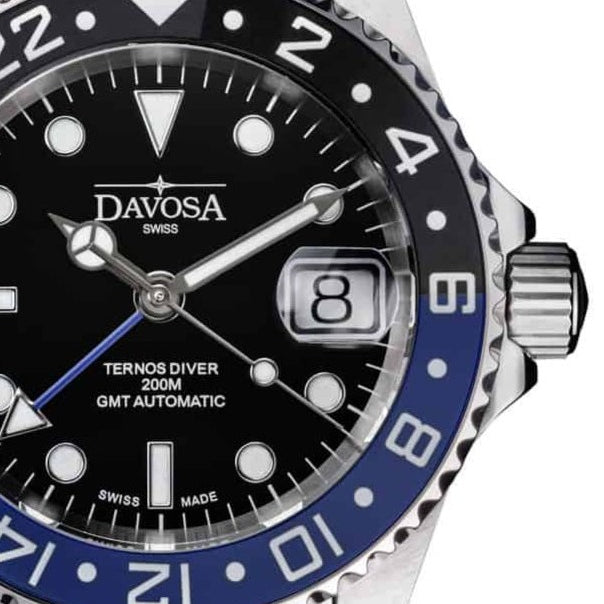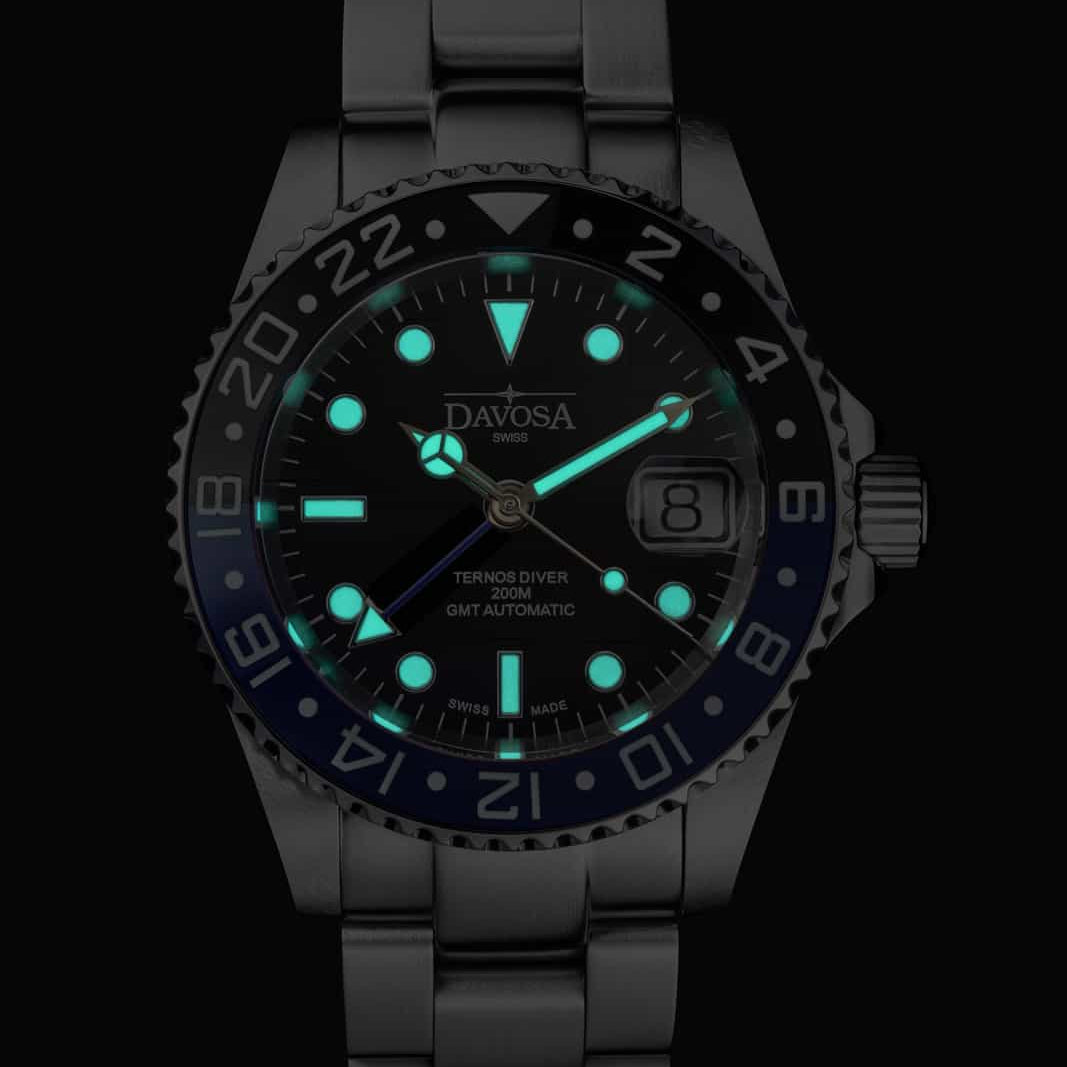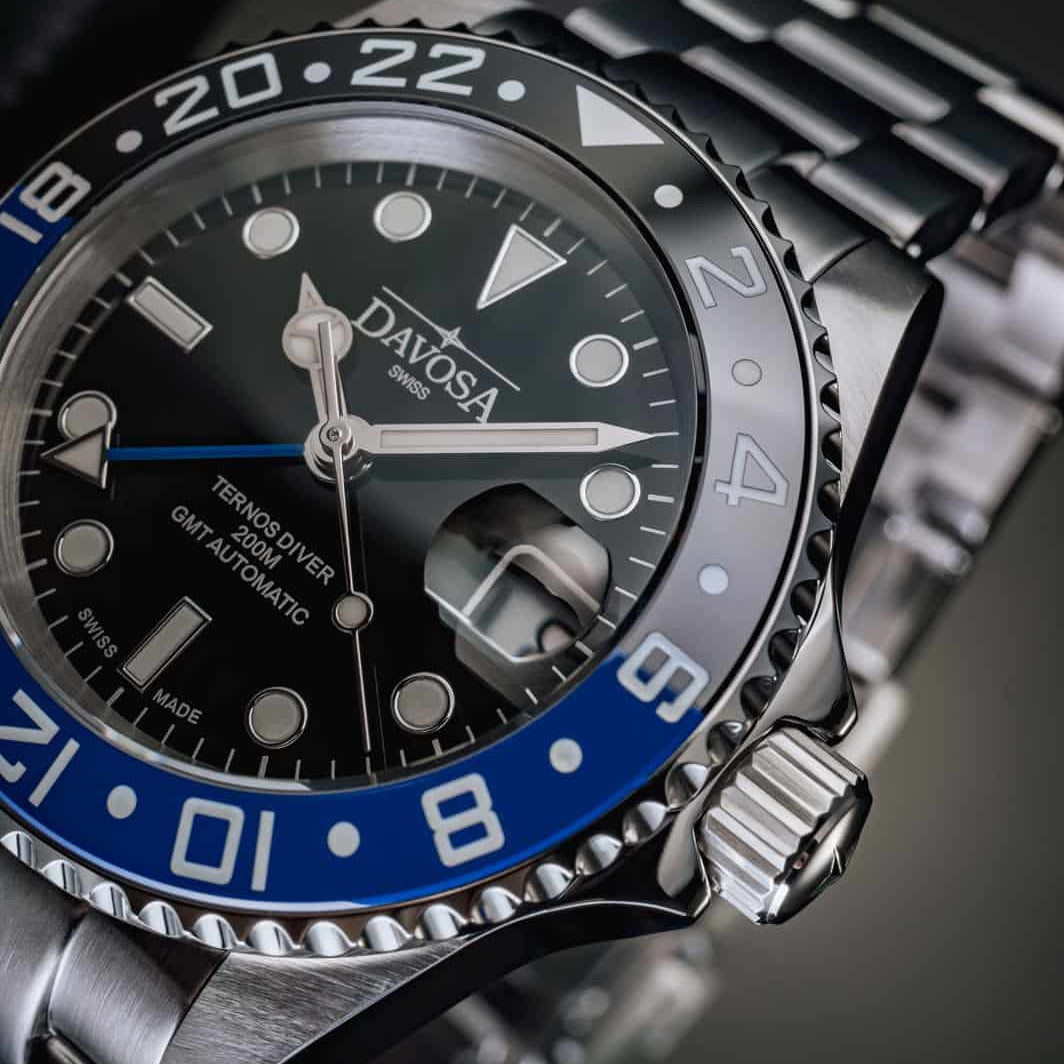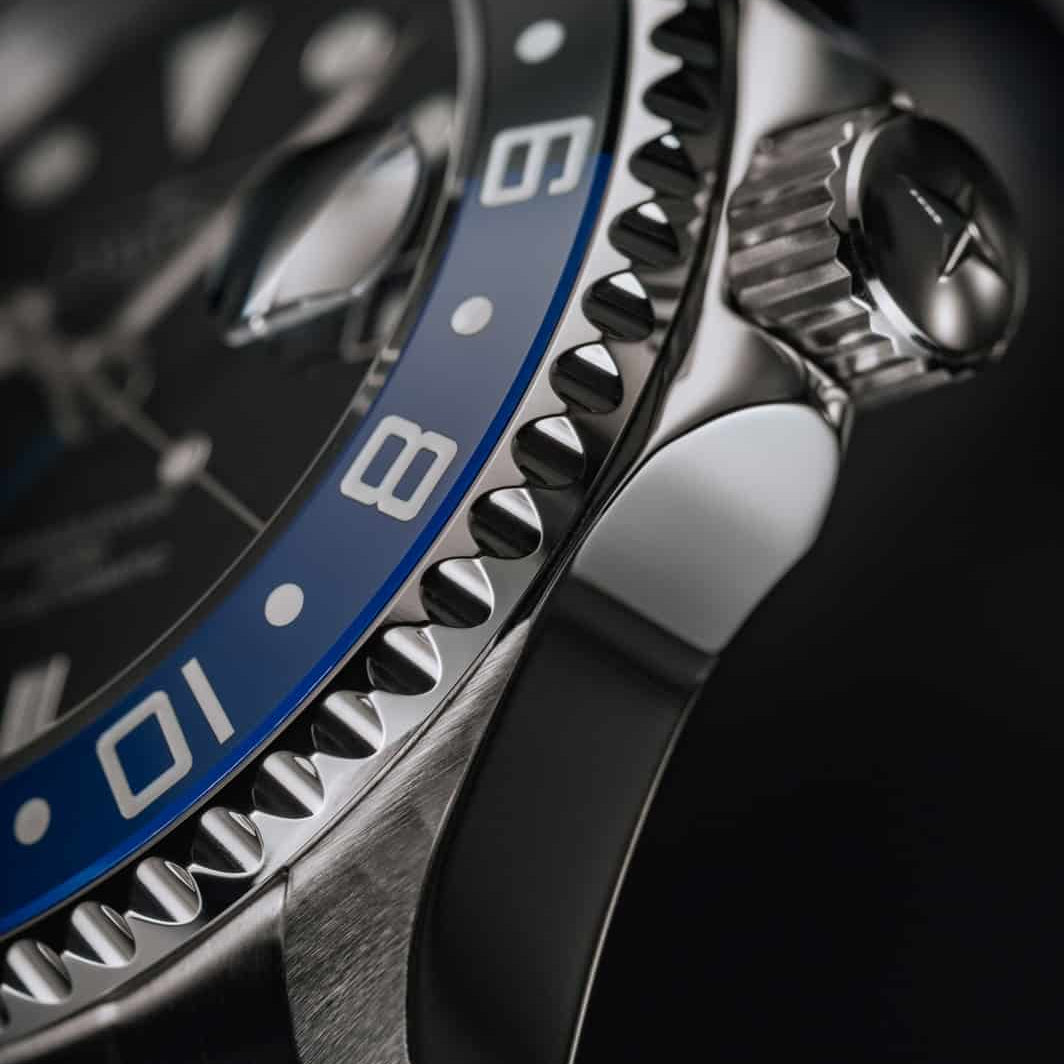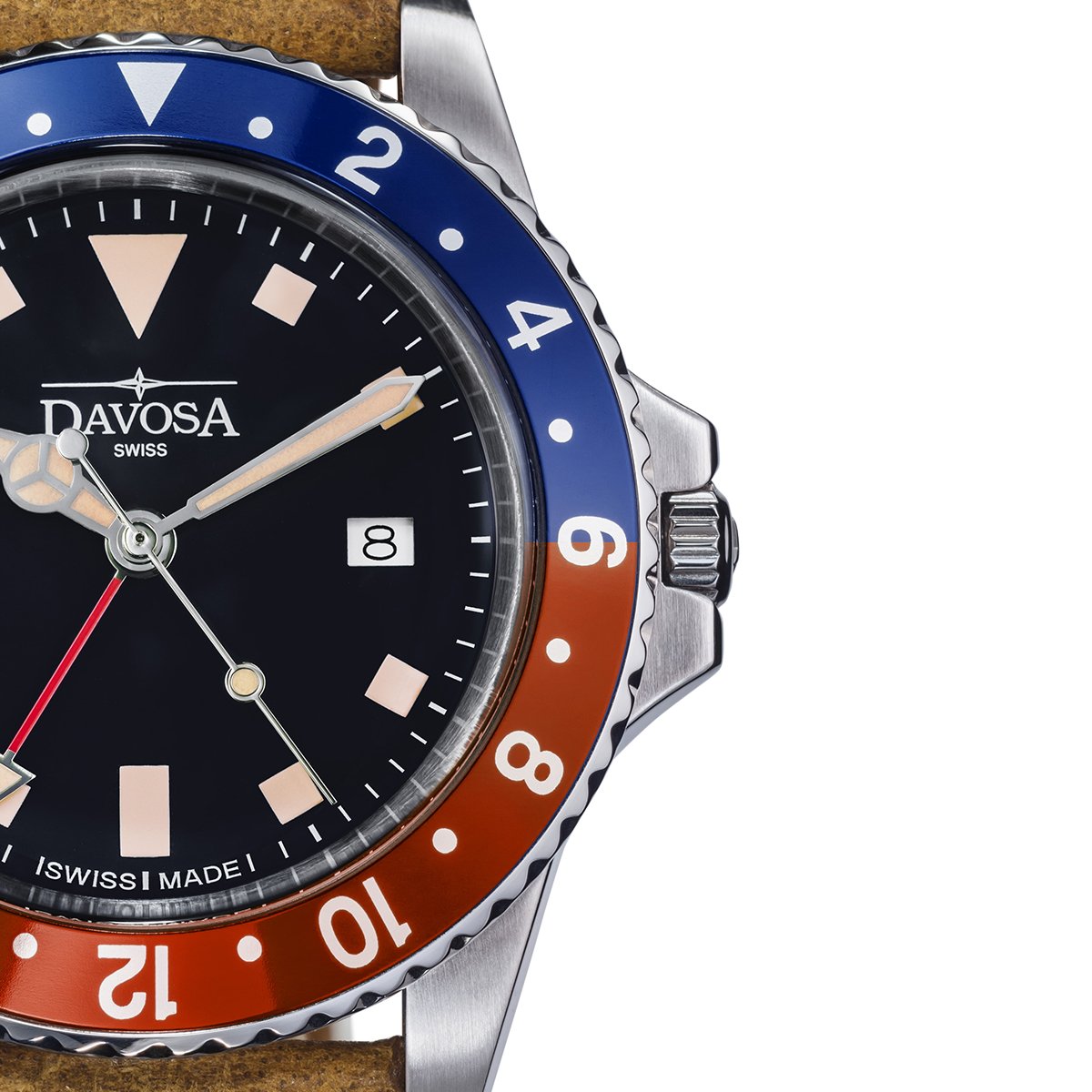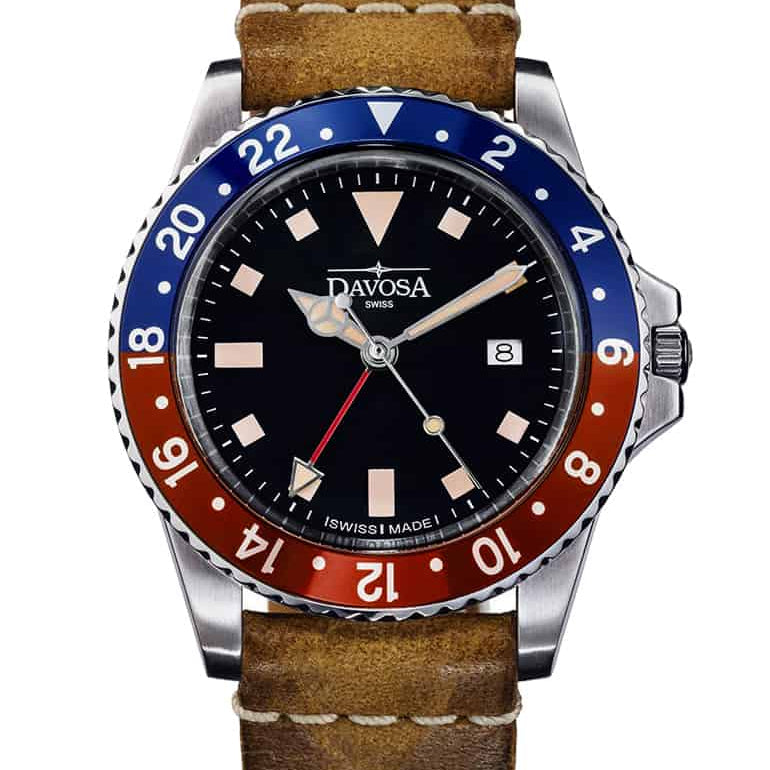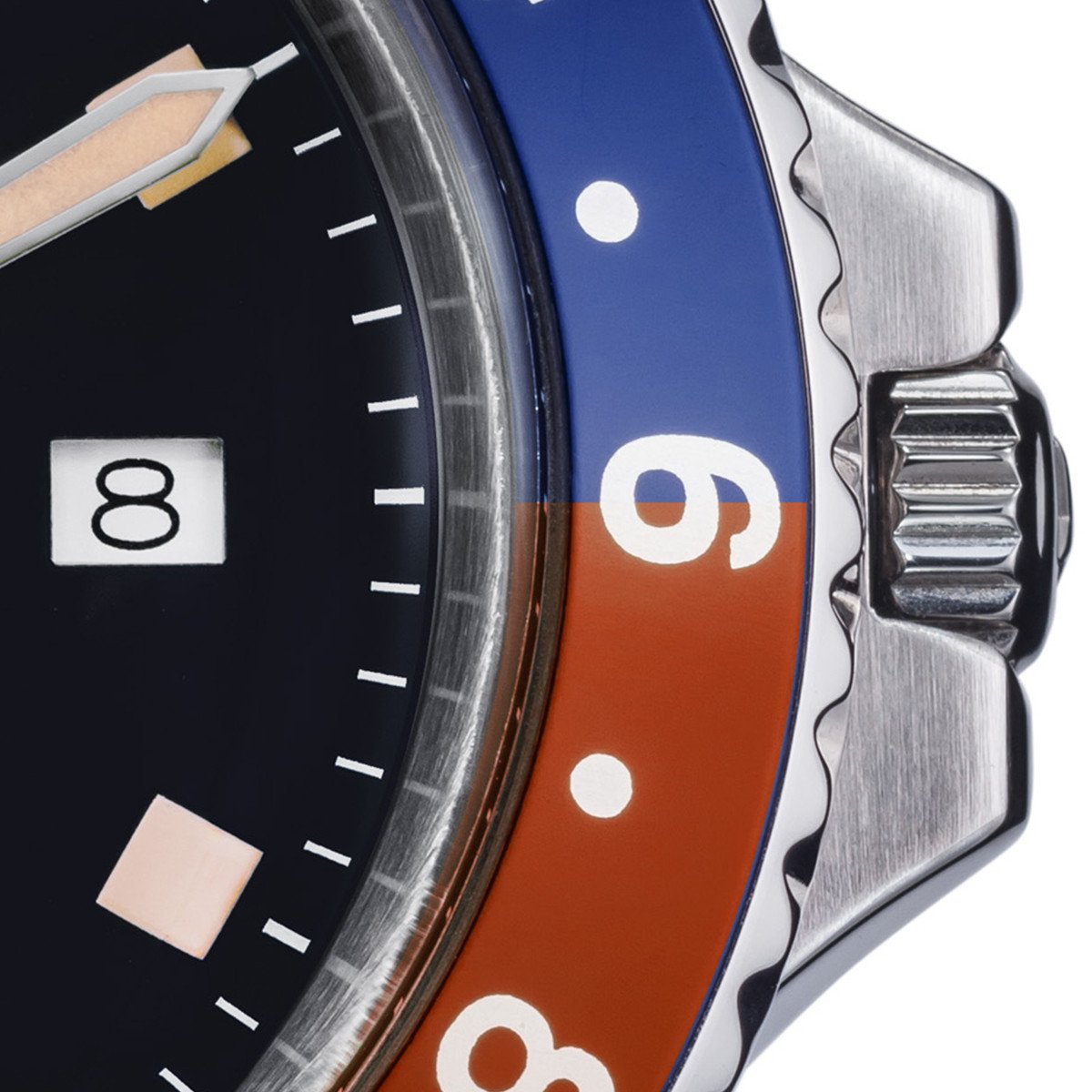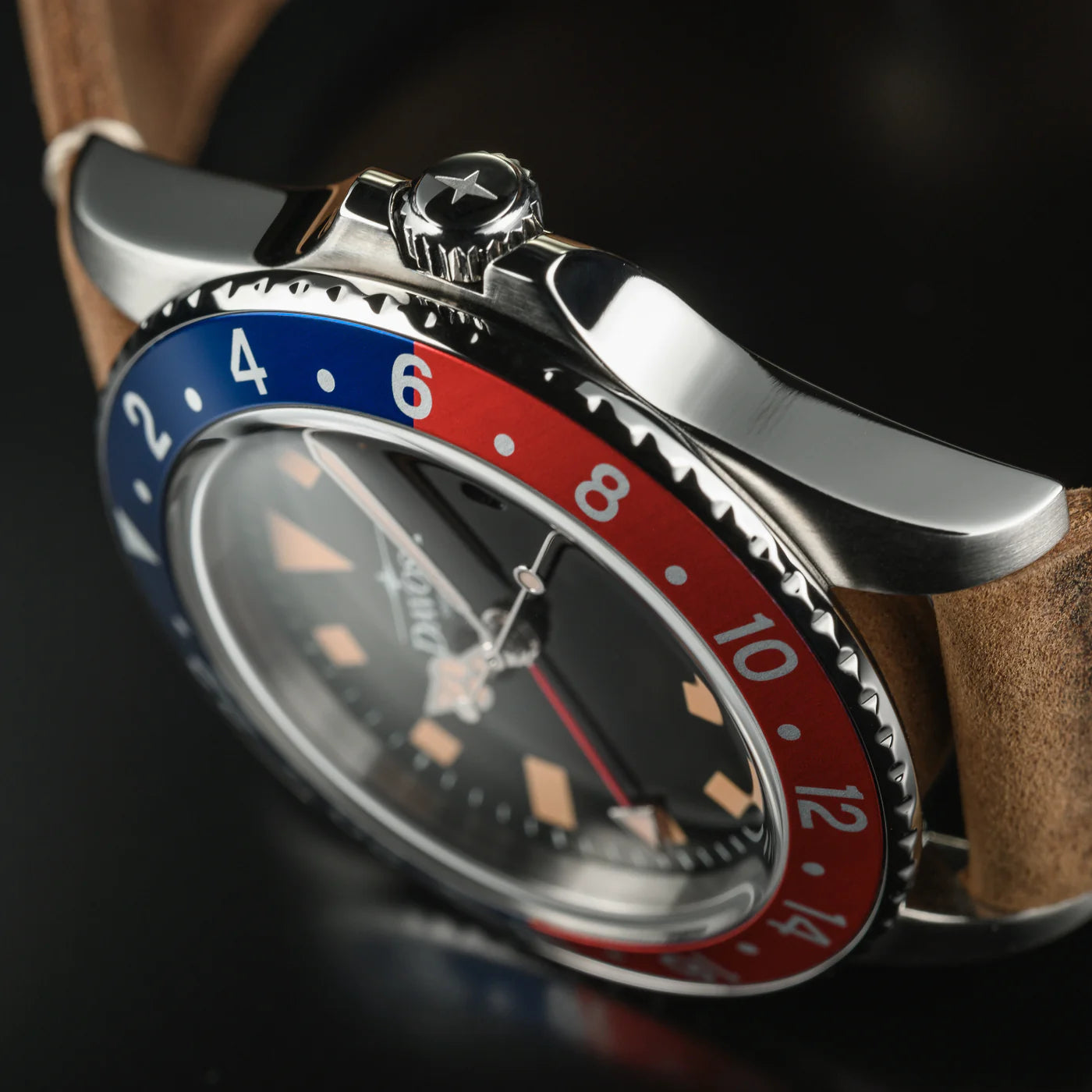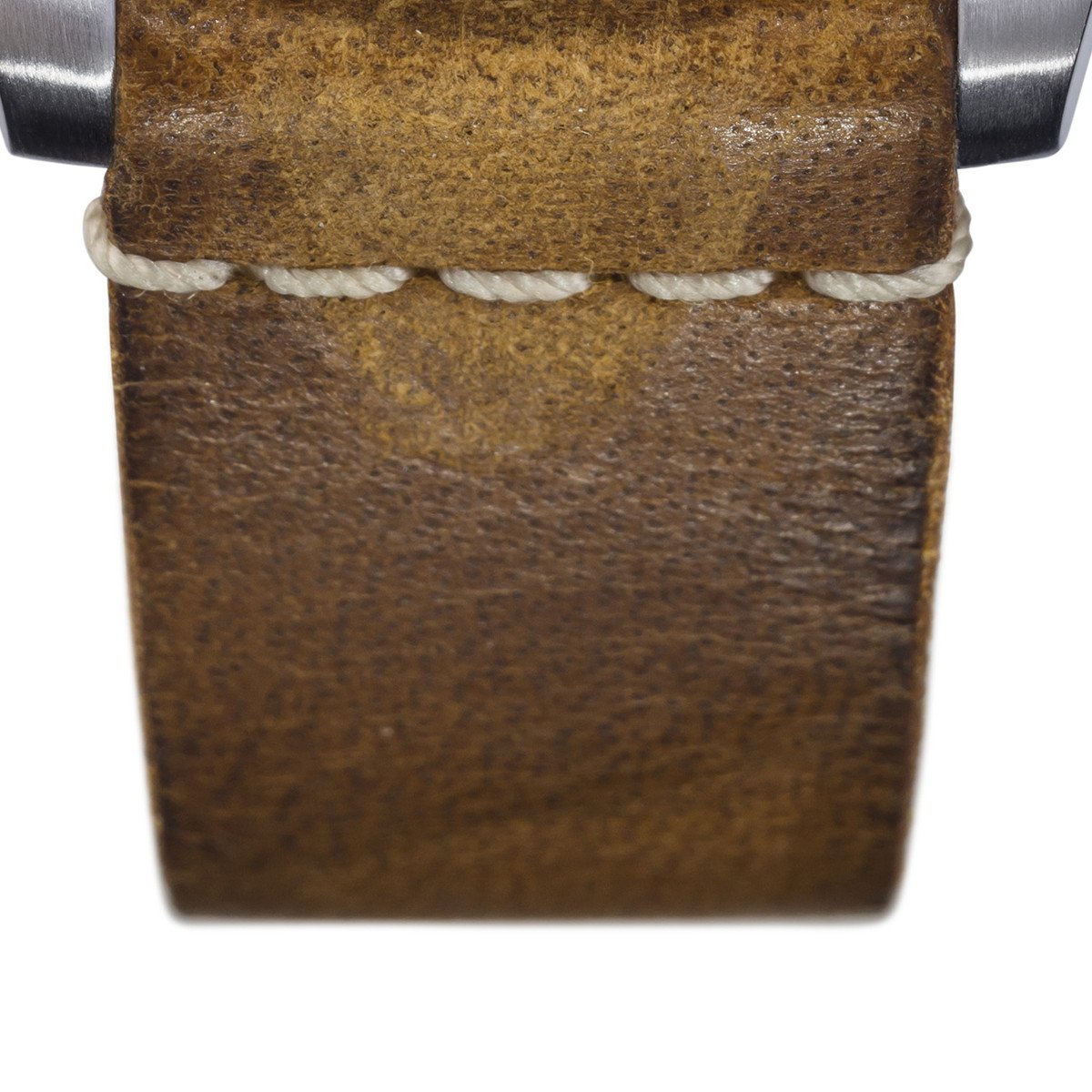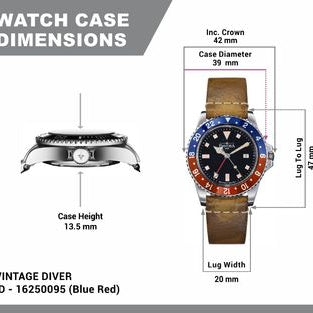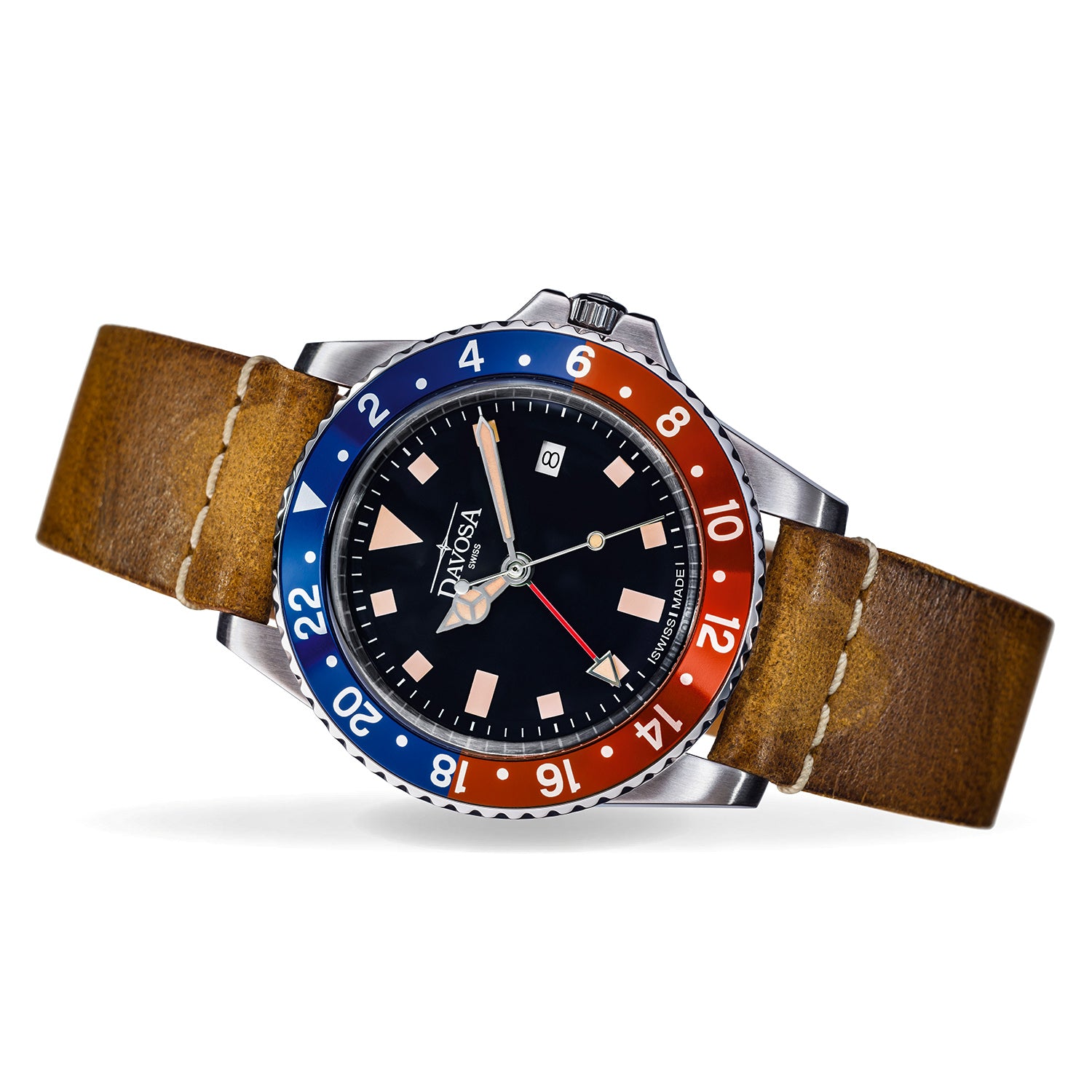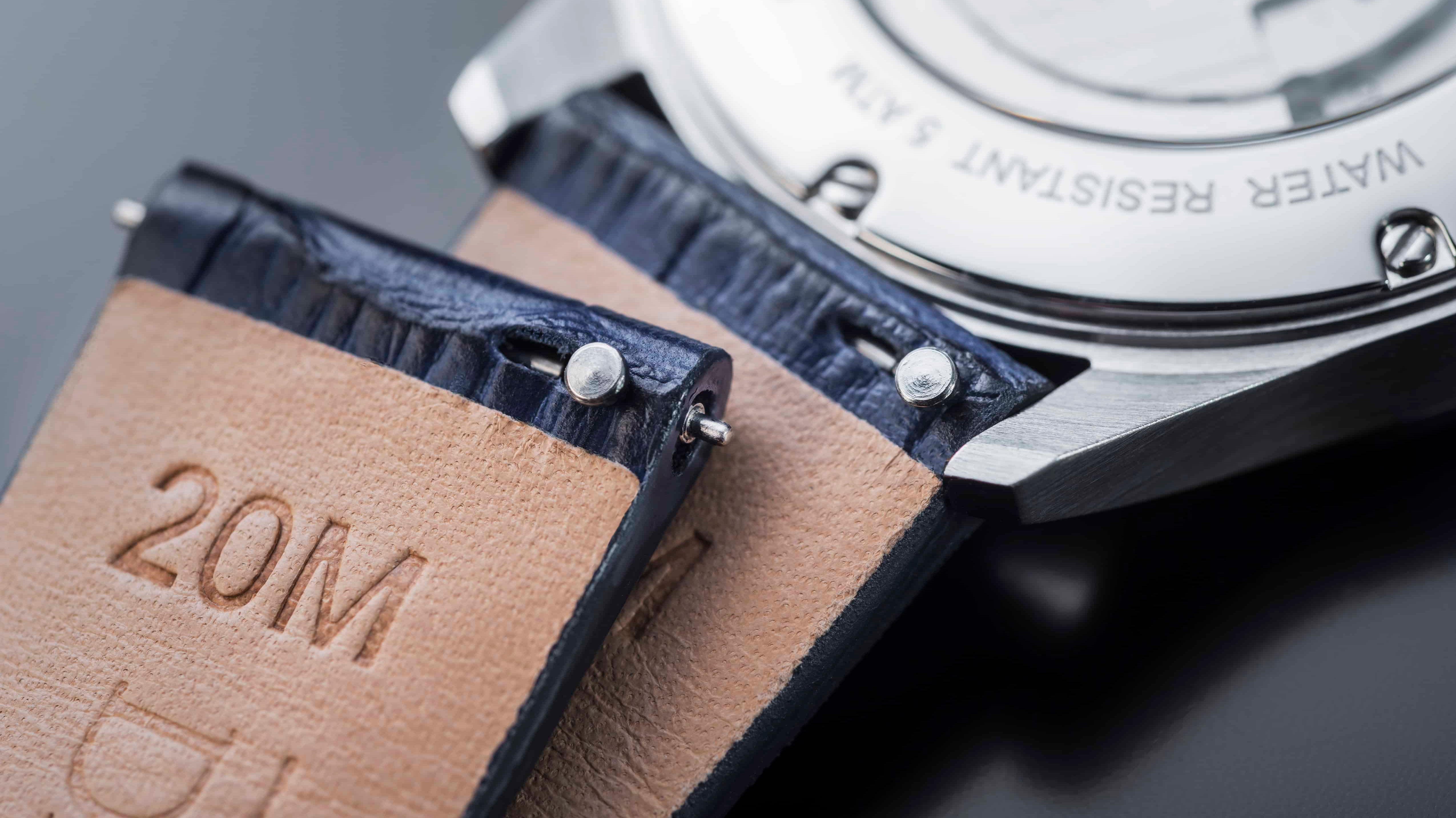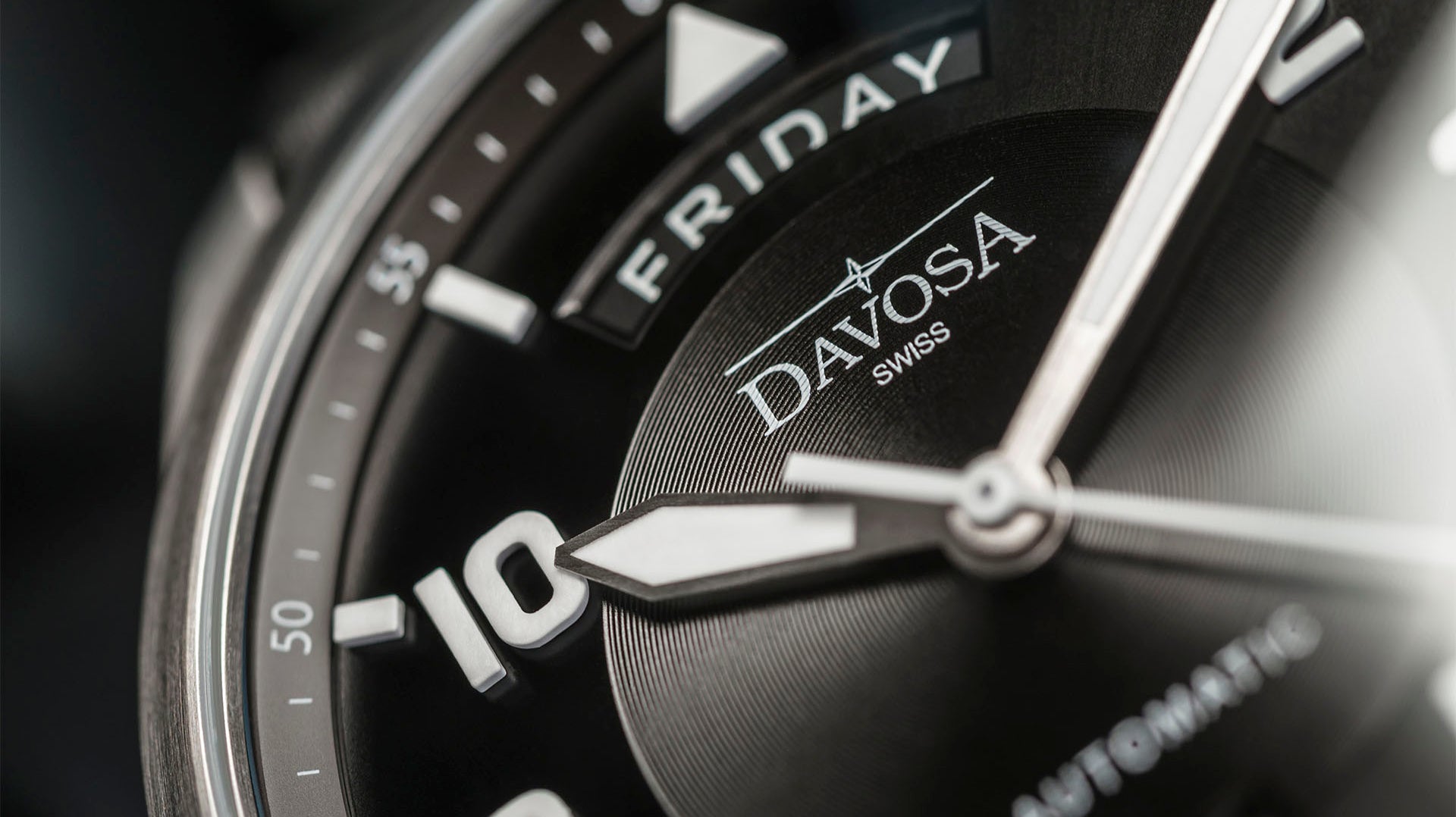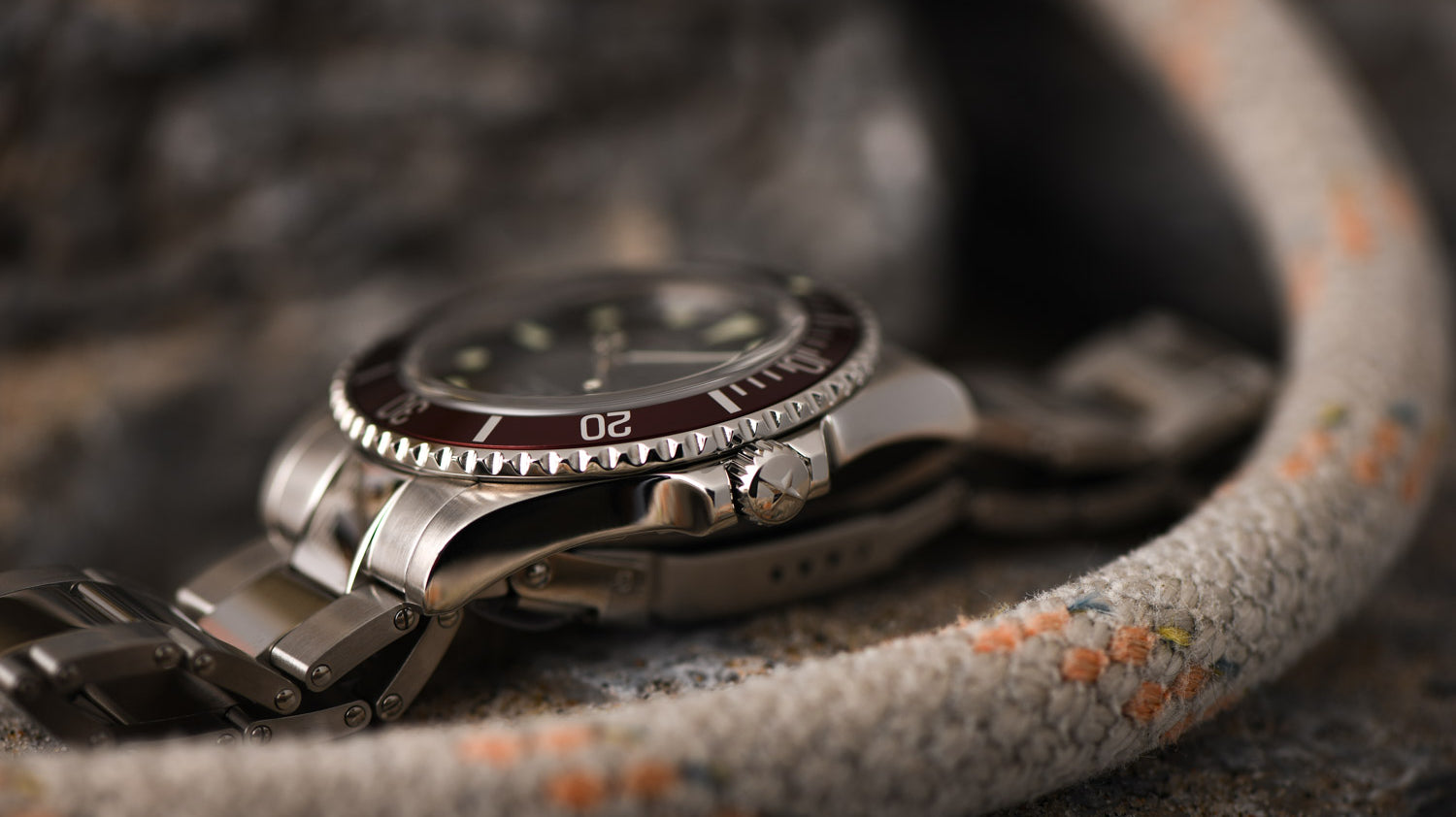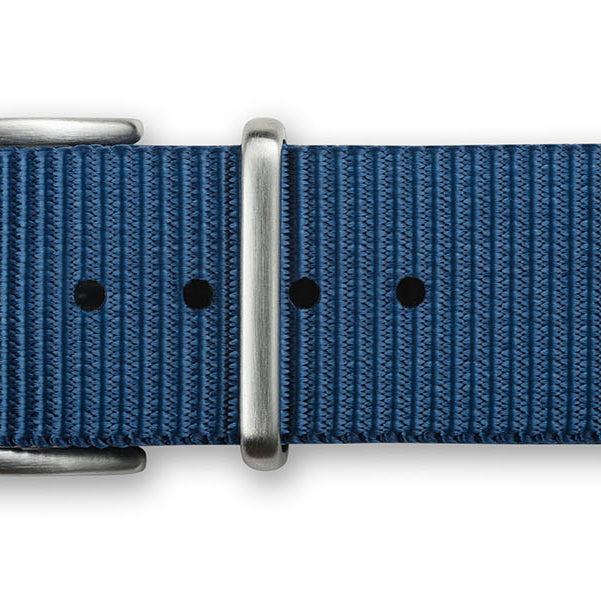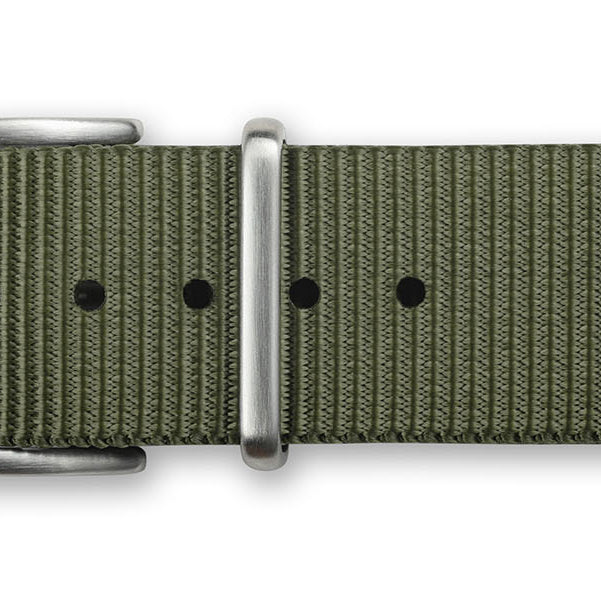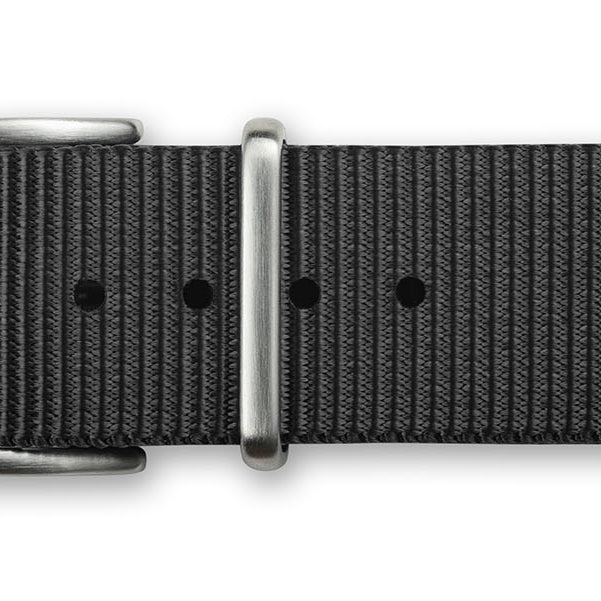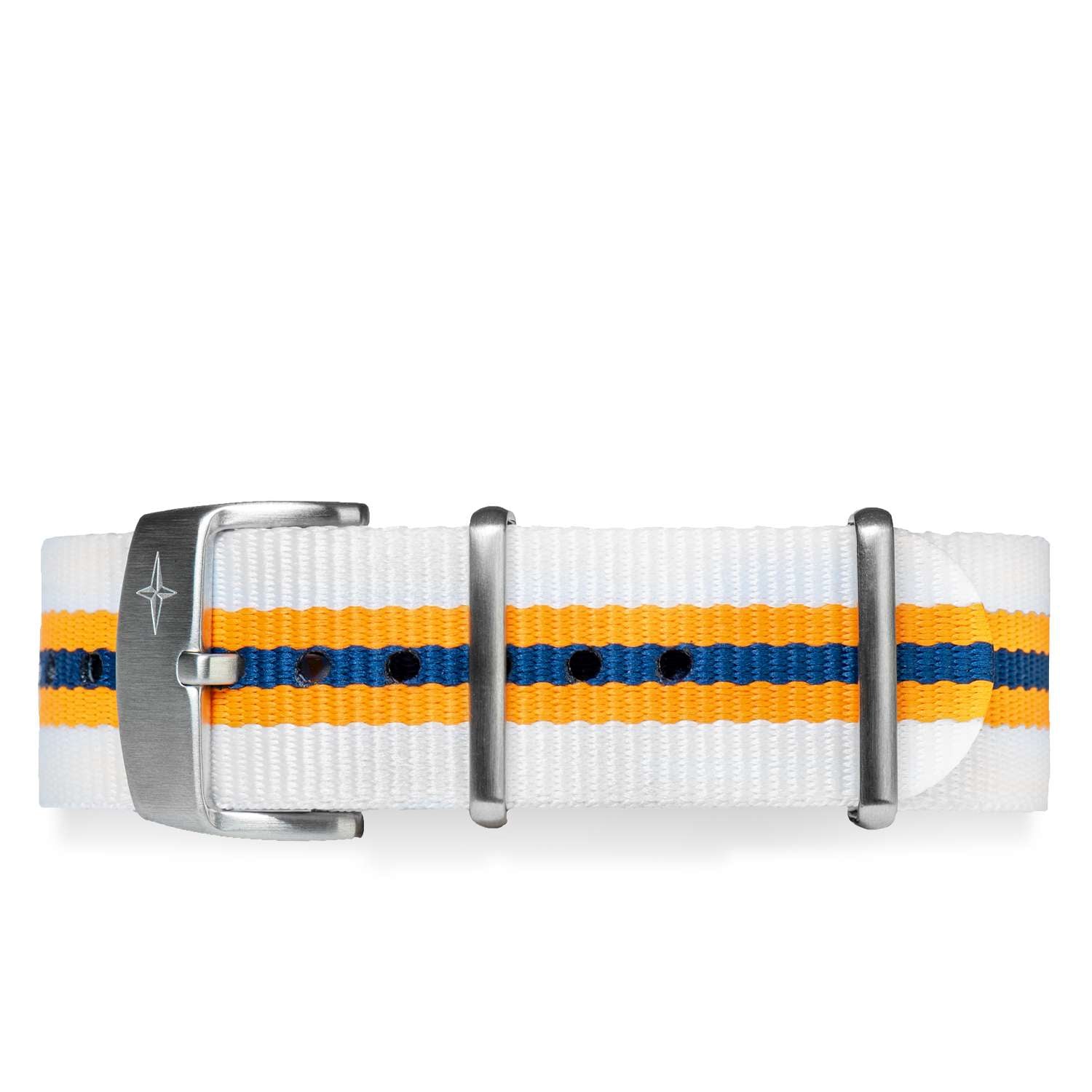September 29, 2021
Every now and then, you've probably seen a curious display of people wearing their watches upside down - that is, with the hidden dial facing the wrist or on the inside of the wrist. And if you've been wondering why it's time to find out together.
Wearing your watch in a way or another says much about your personality: and wearing it upside down could definitely be a quirk for some, but it can also be a necessity. And indeed, it comes from a curious and particular historical tradition that is the case to tell.
The development of watches: lids and glasses
Let's start by saying that the first watches did not have a glass covering and protecting the dial and the watch movement. At most, they had a kind of lid that you could lift to reveal the time. In other cases, as in some 18th-century French court clocks, this lid was skeletonized and exquisitely worked to protect the dial but leaving it visible through the expertly-crafted friezes and decorations.
And in many of these pocket watches, looking at the dial to see the time was unnecessary, as one of the most popular complications was the chime repeater, which chimed the hours so the wearer would know without having to look.
But as technology developed, watchmakers were able to first put a glass in the middle part of the cover, show part of the dial underneath, and eventually create a domed glass that could be mounted above the dial, no longer needing a lid. Until the early 1900s arrived, and watches began to migrate from the pocket to the wrist. And once they got there, the real problems started.

The modern watch glasses
While a watch secured to a chain and worn in a breast pocket was more protected, a watch that is instead strapped to a wrist is by its very nature more exposed to bumps and falls. And while much effort was put into creating more durable crystals during the development of watches, the problems were never fully resolved.
For one thing, the regular mineral glass not only scratches but breaks into sharp shards - which given the typical watch's position, secured to the wrist, could become very dangerous. This fact has led watchmakers to create crystals that break into many small fragments that are less hazardous for the wearer's health. Or instead, resort to the use of crystals made not from glass but alternate materials, such as the so-called plastic glass (acrylic plastic).
However, the main problem that afflicts watch wearers is that the glass can not only break but scratch for one reason or another. And although there are now special anti-scratch treatments, which are also applied to the glass of our smartphones, the problem has never been wholly solved - so much so that many, which arm to wear a watch they choose, prefer to wear it on the inner part of the wrist.

The main reasons to wear a watch upside down
A watch worn on the wrist is much more practical to consult. But at the same time, it's also more susceptible to shocks, which could scratch the case and glass or even break it. One of the big problems with watches, especially since the 1970s, has been their growth in size: a larger watch tends to bump into objects much more than a small one. Also remember that we tend to wear watches on our non-dominant arm, which is inherently less nimble than the other.
These are a couple of the main reasons why many people wear their wristwatch either upside down or on the inside of the wrist. But we will see together that it is certainly not the only one.
In summary, we have identified five different reasons why people prefer to wear a watch upside down or on the inside of their wrist:
- A matter of style
- Protection from damage
- Making it easier to read the time
- Protection from glare
- Hiding the watch
1 - A Matter of Style
Needless to say, with the advancement of technology, choosing to wear a wristwatch is no longer just a technical need to tell the time: it becomes an accurate statement of one's personality and character. And the presence of a watch - and the type of watch - or its absence, says a lot about the wearer. Most likely, someone who wears a mechanical watch will be a different person than someone who wears an Apple watch or someone who wears nothing and reads the time on their smartphone. So, you have to realize that wearing a watch is also a way to convey a message. And wearing it backward also gives one.
2 - Protection against damage
People who do office work certainly don't have such problems, but those who do manual labor and perhaps work in a "hostile" environment such as a workshop expose their watches to several risks. In some cases, these people buy special watches that they can afford to break or exceptionally rugged watches that can survive all challenges. But there are cases where perhaps they need to bring a nicer watch than usual - for a business meeting, for example - and in situations like these, there are two solutions. The first is to leave the watch in a safe place and only wear it afterward; the second is to wear it backward to protect it as much as possible.
3 - Making it easier to read the time
We are used to reading the watch from the outside of the wrist. Even typing on a keyboard, reading the time is immediate. But let's think about other types of jobs or occupations, such as driving. In this case, reading the time on a traditionally worn timepiece, i.e., on the outside of the wrist, could prove difficult. So much so that in the Thirties, a manufacturer invented a watch with a unique bracelet that placed it on the side of the wrist, in correspondence with the thumb - and that had great success. It was the Marvin Motorist.
We must admit that since then, this type of watch did not garner much of a following. But undoubtedly, even if it is no longer necessary to consult the time on your wrist in the car, there are many other occasions when this operation is more straightforward by wearing the watch on the inside of the wrist instead of the outside.
4 - Protection from glare
A typical watch has a metal case, often polished, and a glass that reflects light. And it's expected that when it's hit by light or the sun's rays, it reflects the beams as if it were a mirror. And there's nothing wrong with that, except for the annoying effect it might have in someone's eyes.
But there are cases where this simple annoyance turns into a big problem: think of being a policeman or a soldier on duty during an operation where you put your life at stake. That reflection could represent the difference between life and death for the wearer of the watch and his companions. So, it's pretty standard for modern military watches to have crystals with anti-reflective treatments, and typically, "camo" painted cases to make them less visible. But for good measure, many specialists wear their watches facing inward on the wrist.
5 - Hiding the watch
The issue isn't so much about not showing what the watch is, even though it might sometimes seem like an important part: it's a given that, apart from certain highly famous brands and models, people who aren't watch enthusiasts can't tell the difference between a luxury watch and a fashion watch. What we are talking about is, above all, the possibility of being able to consult the watch discreetly without other people perceiving what you are doing. For example, if someone looks at a watch, perhaps during a business meeting, it is assumed that they are in a hurry even though sometimes it is not like that at all. Therefore, to avoid the problem, some people wear the watch on the inside of the wrist to consult it without transmitting wrong signals to others.
A little historical note: already at the beginning of the epic of wristwatches, someone thought about this kind of problem - that is, to protect the glass from shocks, especially in sports watches. At the beginning of the last century, India was part of the Commonwealth, and the British who lived there practiced playing polo. As a result, the watches worn by the players had to endure a great deal of stress during the games, so much so that they often ended up with shattered glass. So, the importer of Jaeger LeCoultre had the idea of creating a watch whose case could be rotated on itself to protect the glass from shocks during the games. And thus, it was born one of the most famous watches in history: the Jaeger LeCoultre Reverso.

Who usually wears a watch upside down?
As we mentioned, there are many categories of people - and even famous fictional characters - who wear their watches on the inside of their wrist for any of the reasons we reviewed above.
1. Military and special forces
Why do military and special forces wear watches upside down?
Military and special forces tend to wear their watches on the inside of the wrist for a combination of several factors, the main one being the need to avoid any kind of glare - but there is also the aspect of protecting the timepiece. Also, especially when you're holding a firearm, the position of your arm will naturally offer more visibility to the inside of your wrist than the outside, which you can only look at by rotating your arm. It sounds like a trifle, but in dangerous situations, even a tiny movement becomes important.

2. Nurses
Why do nurses usually wear a watch upside down?
Doctors and nurses often wear their wristwatches on the inside of their arms, but the reason they do so is purely technical: when they're taking a patient's blood pressure, it's much easier to look at the watch on the inside of the wrist than on the outside. A little historical note: in the 1950s, unique watches called "nurse watches" were used that were worn attached to a pin, a bit like a medal, and attached to the gown. These watches were mounted upside down, that is, with the twelve o'clock position facing down, so that the doctor or nurse could lift them out from underneath with their hand and examine them quickly.

3. John Wick
Why does John Wick wear his watch upside down?
John Wick, the veteran protagonist of the successful film series, played masterfully by Keanu Reeves, belongs to the category of "military/special forces." Therefore, he wears his watch (which is a Bucherer Manero, to be precise - Bucherer has signed a collaboration agreement with the franchise's production) precisely as a member of the special forces would wear it. We must add that this series is remarkably accurate in terms of realism: all the details are studied so that the final result is adherent to reality. For one thing, Reeves adopts realistic fighting stances during the different actions - each of them suited to the particular tactical situation. For example, he uses the Center Axis Relock in short-range cases and resorts to the Weaver and Isosceles combat stances for long-range shooting.
In summary
Protecting one's timepiece is something everyone does, especially if they are a true watch lover, and for them, a watch is more than just a tool for measuring time.
But still, anyone might need to wear a watch backward without being singled out as an extravagant person. After all, you could always be an undercover special services agent!

The Davosa-USA.com website is NOT affiliated in any way with Audemars Piguet, Franck Muller USA, Inc. Richard Mille or Richemont Companies, Seiko, or any other brand which is not Davosa Swiss. Rolex is a registered trademark of Rolex USA. Davosa-USA website is not an authorized dealer, reseller, or distributor for Rolex and is in NO WAY affiliated with Rolex SA or Rolex USA or any other brand besides Davosa Swiss. |


